Right before AMD unveiled its FidelityFX Super Resolution, NVIDIA held a press briefing with an aim to distinguish its much marketed DLSS upsampling technique from existing methods. Of course, it wasn’t said outright, it was heavily implied that the company was comparing it to AMD’s upcoming solution. AMD had already announced earlier that its Super Resolution technology would be a spatial upscaling technique without the need for data from the previous frame (jitter offsets or motion vectors), and NVIDIA used this to essentially brand it as an upscaling-sharpening pass:
AMD, later on, revealed that FSR was more than just a simple spatial upscaler. It combines EASU (Edge-Adaptive Spatial Upsampling) with a CAS (Contrast-Adaptive Sharpening) pass to try and get back some of the lost detail. More details below:
- An upscaling pass called EASU (Edge-Adaptive Spatial Upsampling) also performs edge reconstruction. In this pass, the input frame is analyzed and the main part of the algorithm detects gradient reversals – essentially looking at how neighboring gradients differ – from a set of input pixels. The intensity of the gradient reversals defines the weights to apply to the reconstructed pixels at display resolution.
- A sharpening pass called RCAS (Robust Contrast-Adaptive Sharpening) extracts pixel detail in the upscaled image.
This definition alone should tell you that FSR is more advanced than traditional bilinear and bicubic upscaling techniques. However, since no one (that I know of) looked at this in detail, I decided to do some testing and see if FSR is actually better than bilinear or bicubic upscaling. For this round of testing, I primarily stuck to Terminator Resistance simply because it allows for comparisons and benchmarks more easily than the other titles featuring Super Resolution.
Test Methodology and Terminology
The testing was conducted at 4K using a GeForce RTX 3070 and a Core i7-10700 processor (sorry, don’t have access to a Ryzen|Radeon PC this week). The ultra-quality and quality preset of FSR were compared to native 4K with an internal resolution of 75% and 65%, respectively. These correspond to the input resolution that FSR takes in at these presets and then upscales them. We combined the latter with a ReShade LumaSharpen shader to make sure that the results are solely distinguished by the quality of the Edge-Adaptive Spatial Upsampler:
It’s hard to tell the four apart unless you’ve got a large 4K screen, so here’s a close-up:
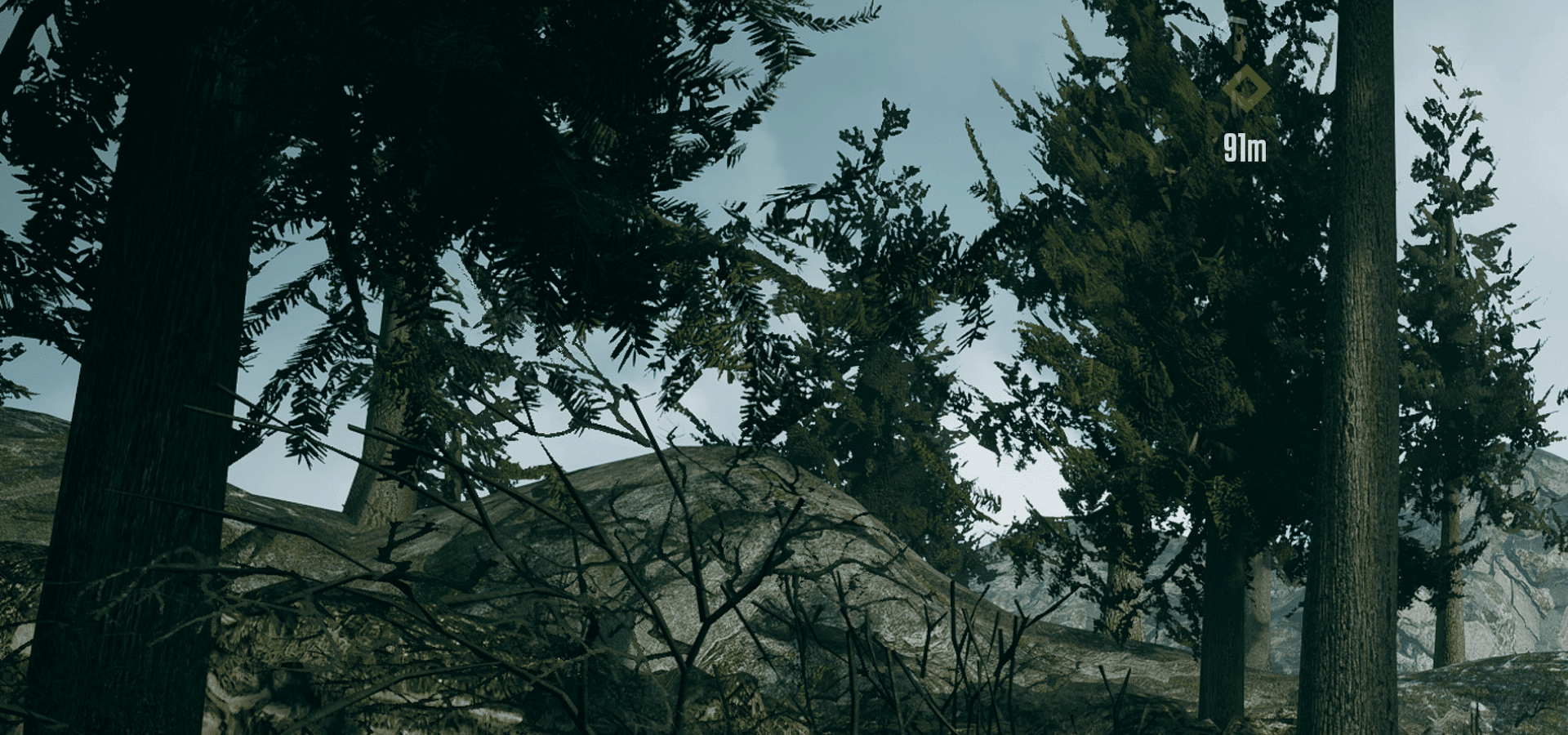
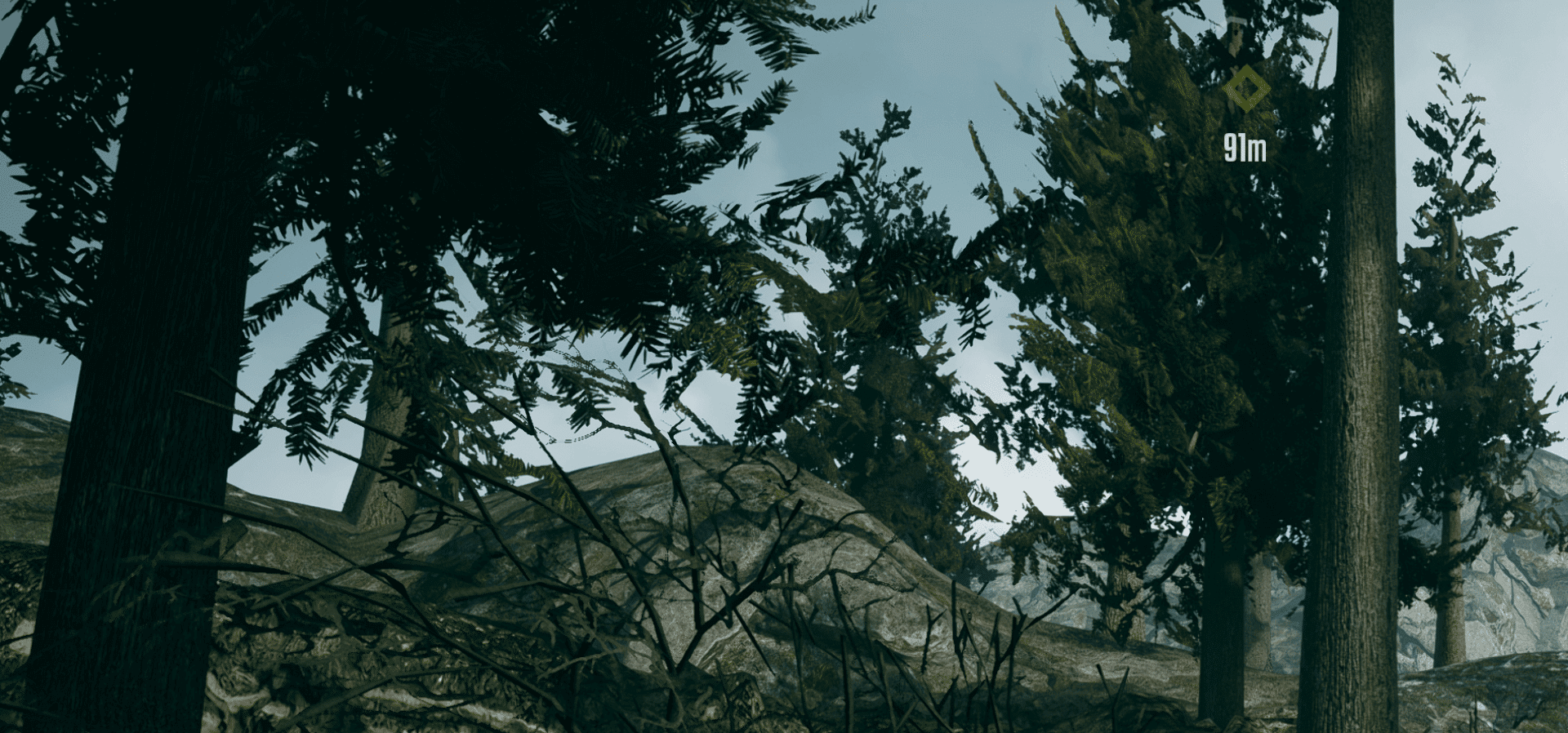
The differences are subtle but FSR UQ does a much better job at getting rid of the jaggies, and also retains more detail than a simple upscaling+sharpen pass. This is because FSR’s spatial upscaler works to remove jagged edges and retain thin objects/lines in the process. You can see this quite easily in the middle portion of the shot with the Y-shaped twigs. Overall though, LumaSharpen produces a sharper image at the cost of increased aliasing.
Once again, as you can see, FSR is superior at anti-aliasing the cable than a simple upscaling plus sharpen filter:
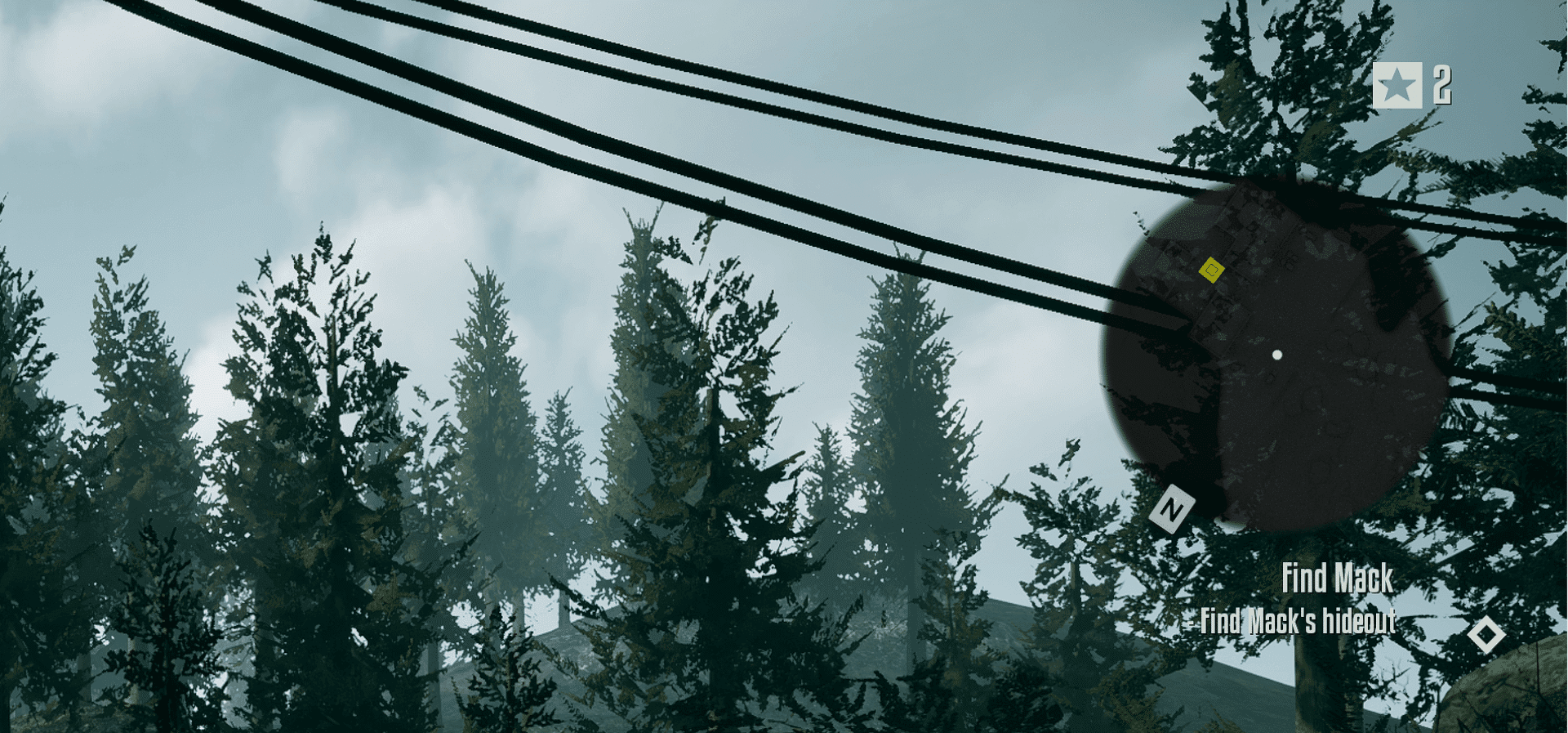
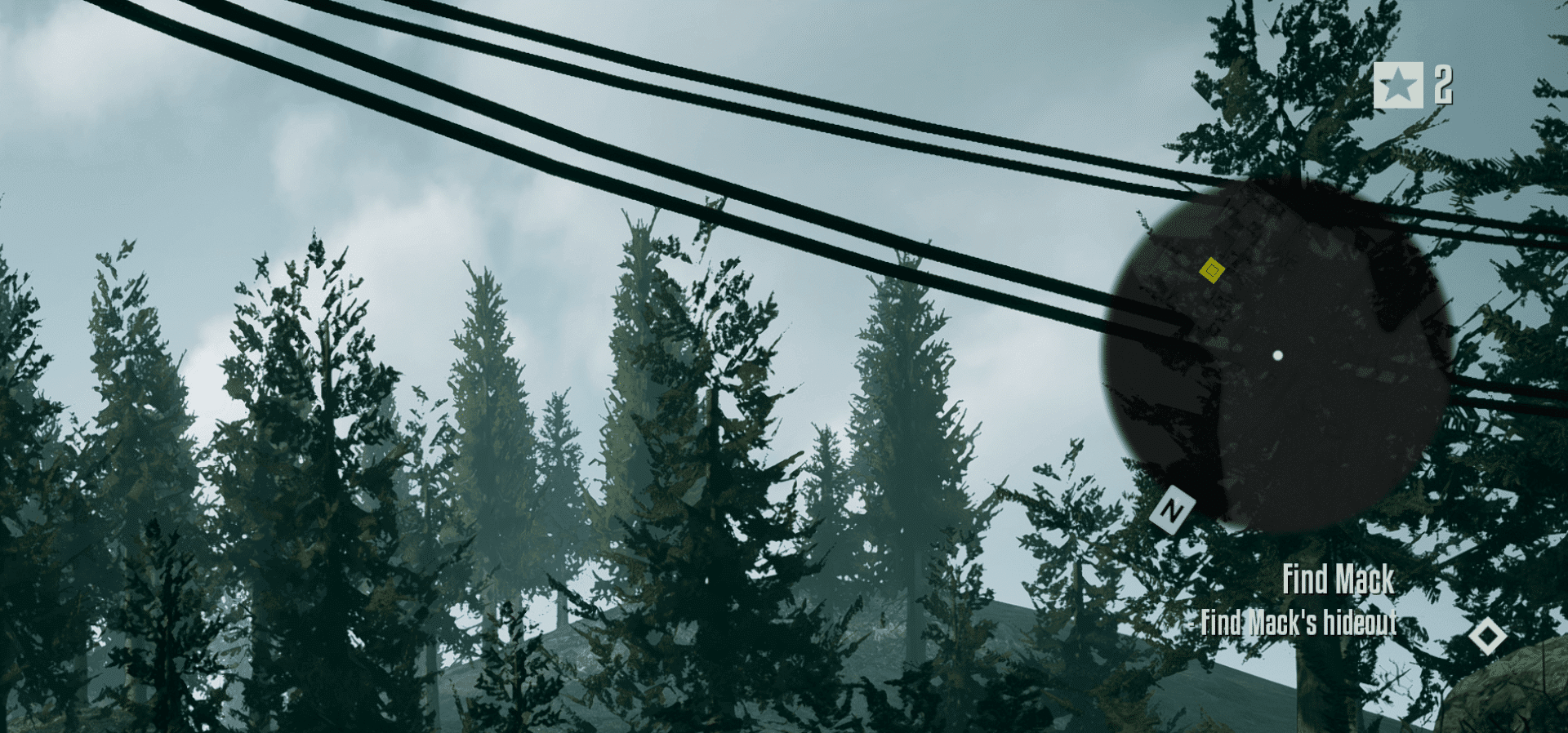
It’s quite remarkable how a simple sharpening pass does wonders for image quality. ReShade shaders have sure come a long way since the days of SweetFX:
In the below (magnified) shot, you can see how FSR removes the jaggies that remain with a simple upscale-sharpen pass (note the dustbin, steel fence, and the two cables). One thing is clear. FSR is much better at removing aliasing than all existing spatial upscaling techniques.
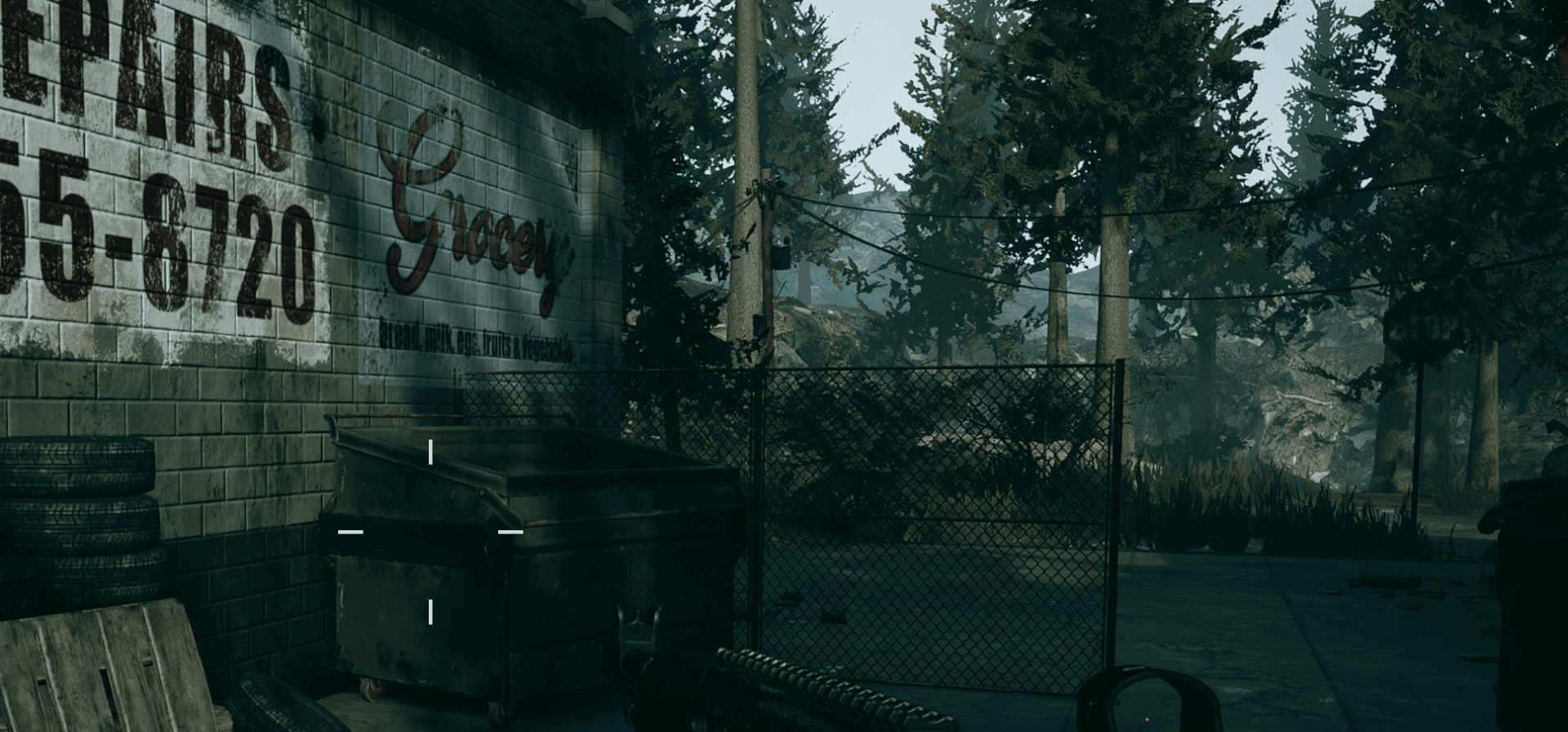
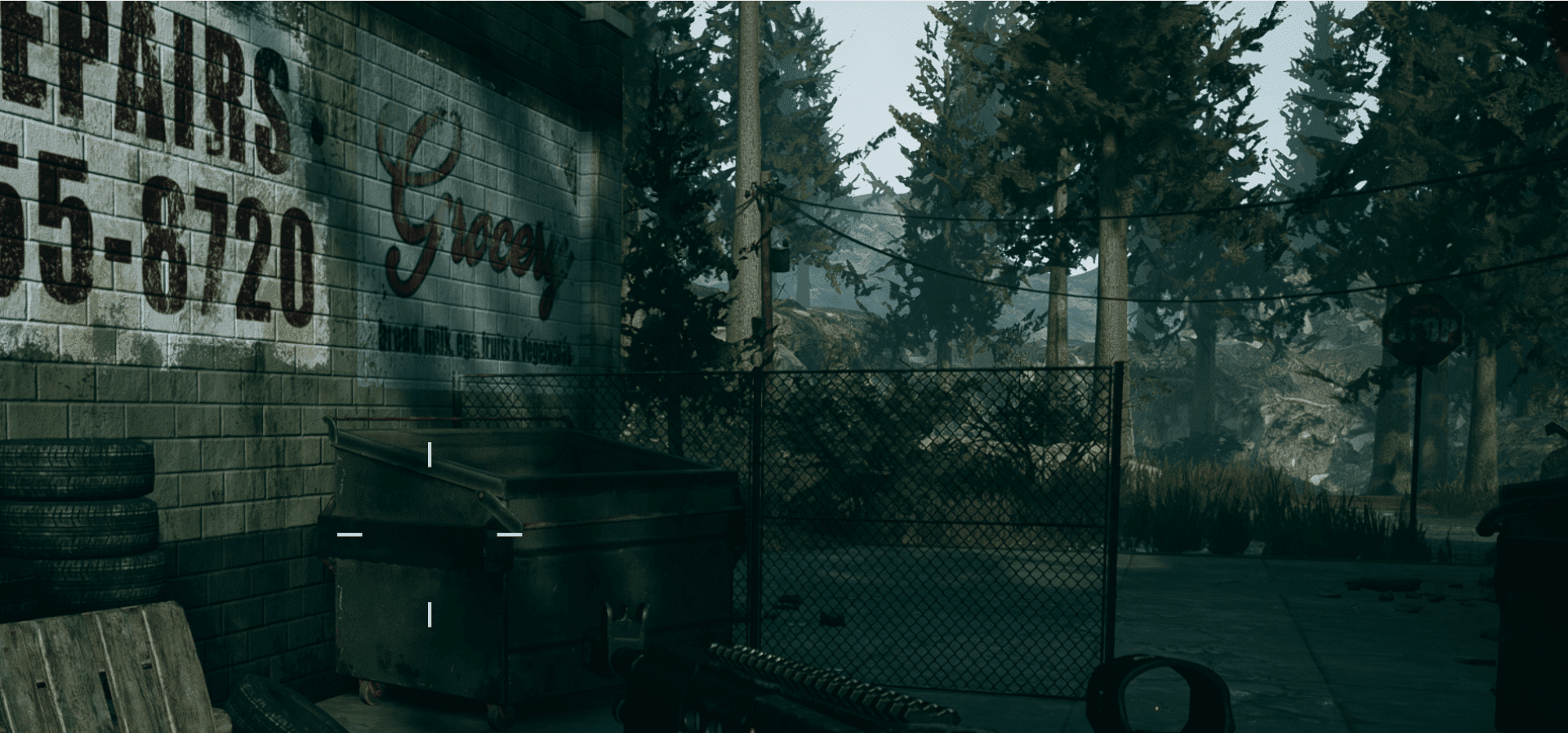
You can find the original full-screen shots here.
Continued on the next page…
In terms of retaining detail especially with thin objects or line-shaped, there’s a very subtle difference between the two, but FSR is overall a superior solution. The differences between traditional upscaling and FSR become more apparent as you reduce the input resolution as you’ll soon see. Here’s a look at FSR Ultra Quality vs 75% internal solution (bilinear) combined with LumaSharpen:
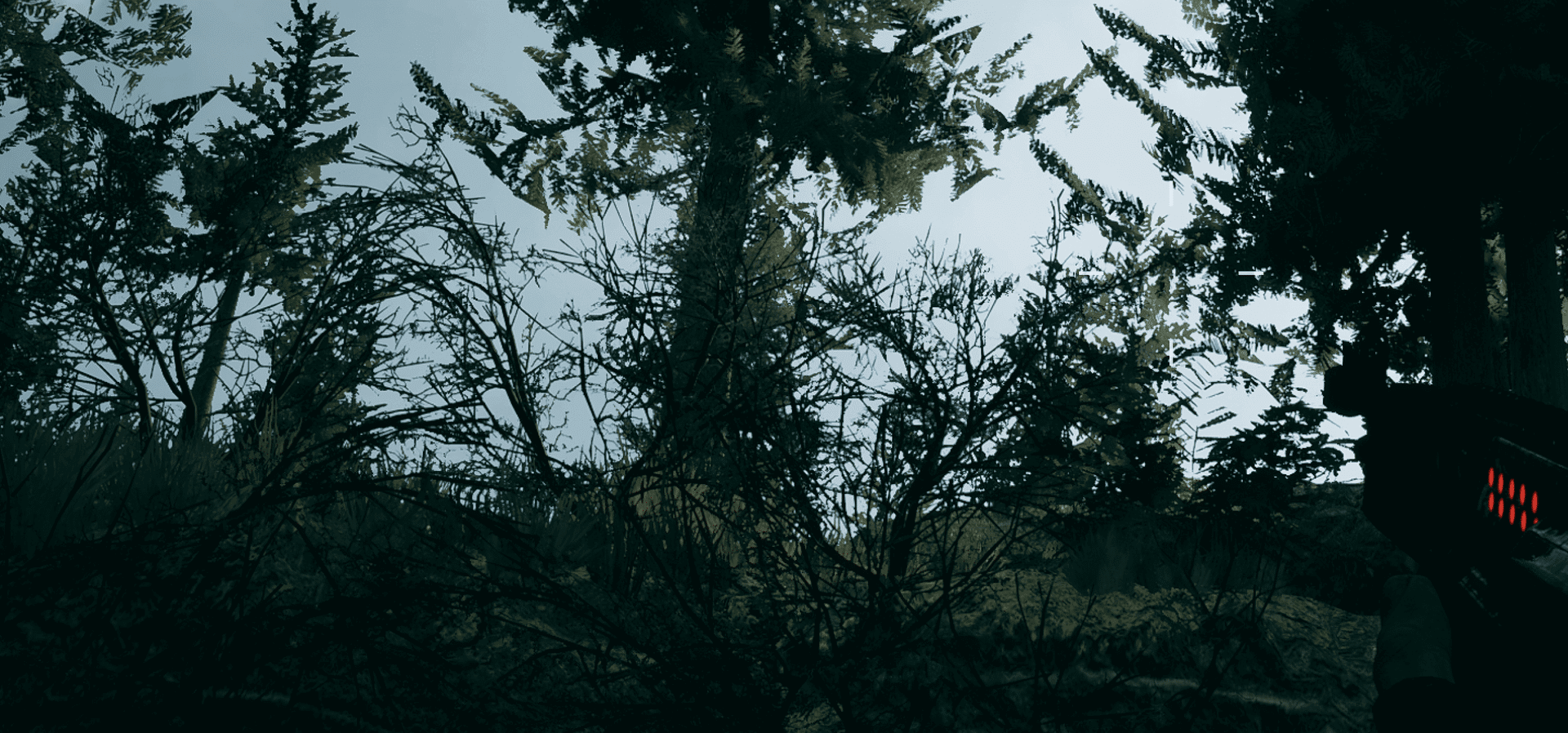
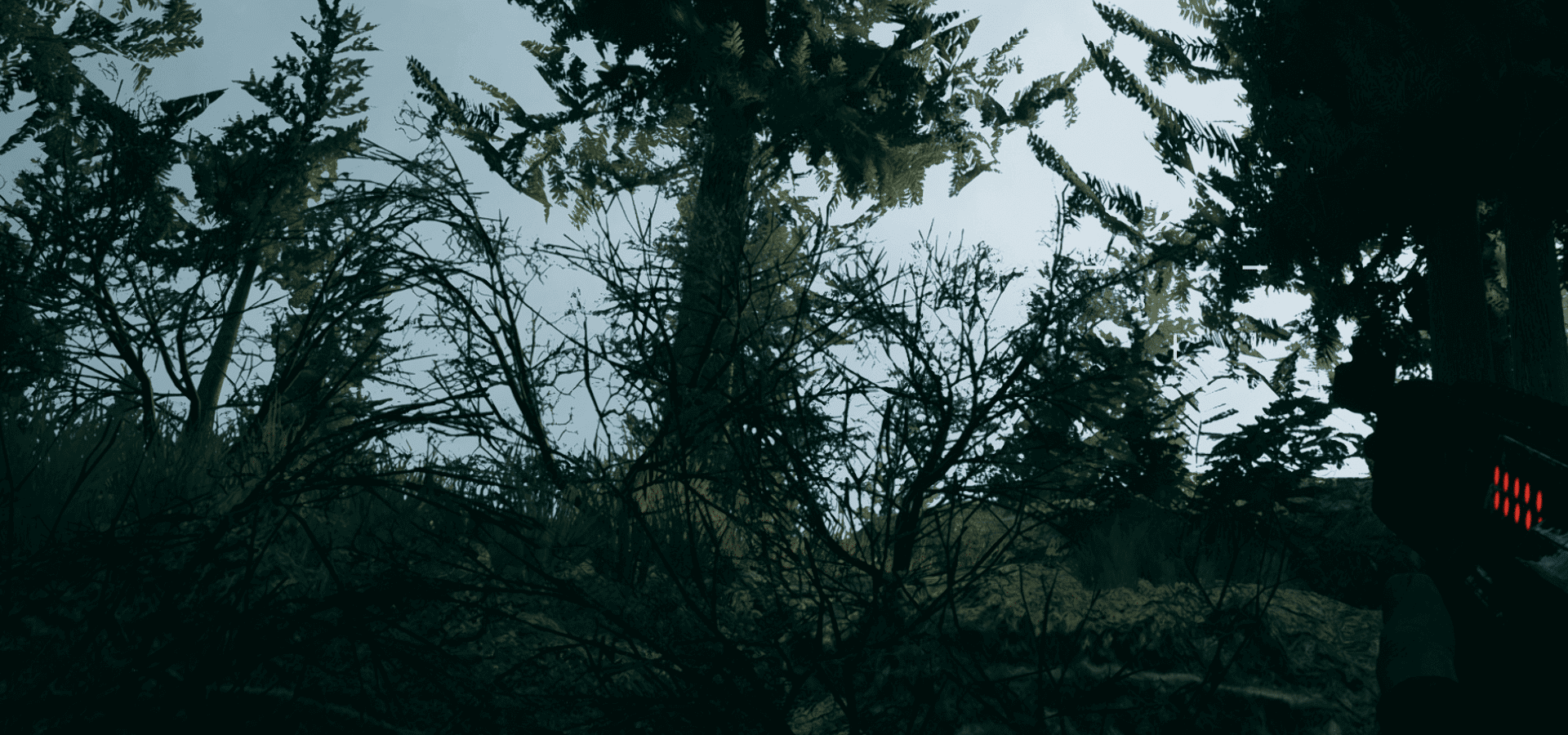
Note the ends of the branches and twigs. You’ll notice that FSR is generally better at retaining the thin ends than bilinear and bicubic, even if they’re paired with a sharpening pass. Now, let’s move onto the quality preset which is compared to its 4K native counterpart with an internal resolution scale of 65%:
In this particular scene, the difference between the two is clear as day. FSR Quality produces a much smoother image with greater detail and little to no aliasing. Please note that the side-by-side comparisons with sliders feature native 4K images (magnified) with no compression.
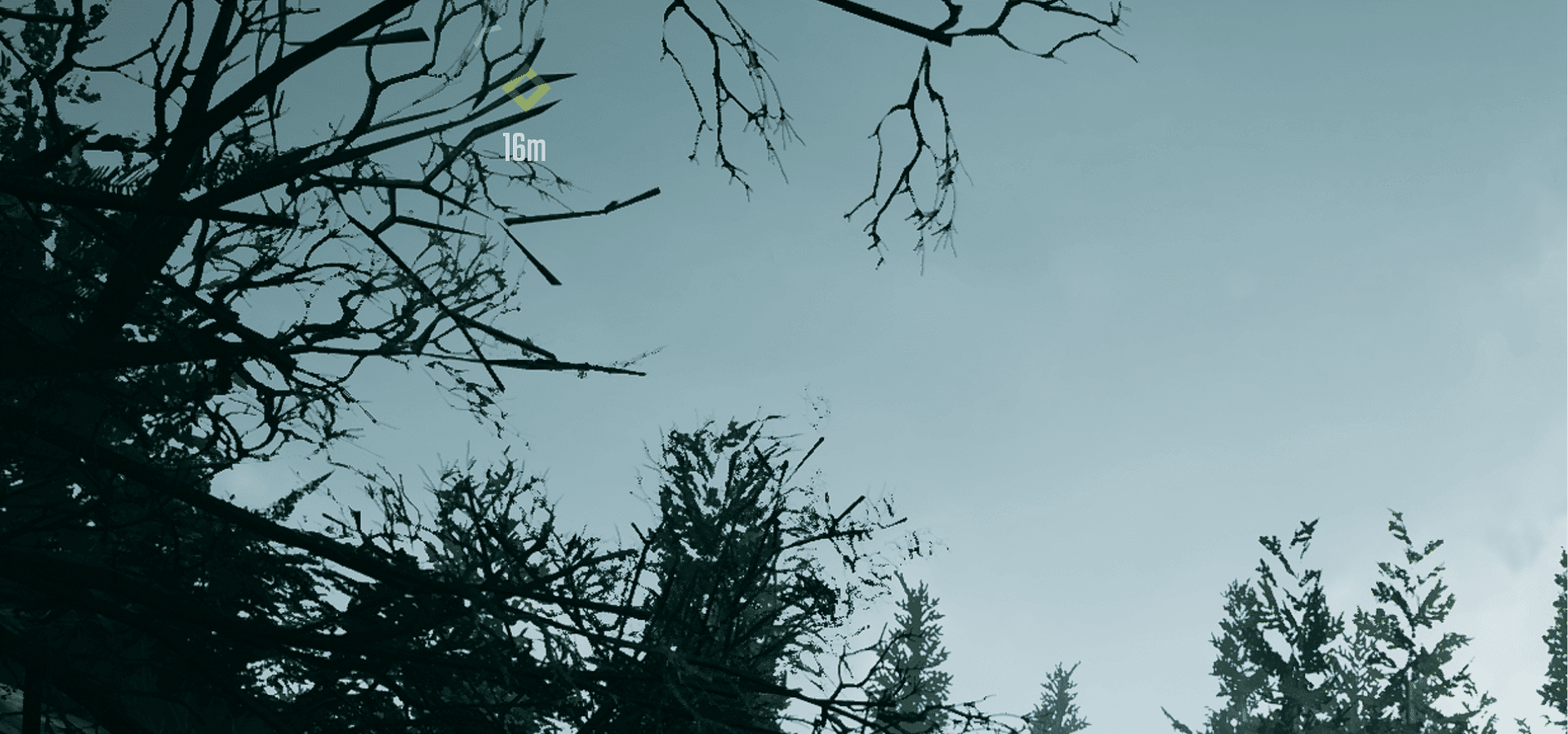

Interestingly, the quality preset of FSR generally retains more detail than its counterpart despite having a less aggressive sharpening filter. This can be seen in the below examples:
As is evident in the magnified section, the wall textures retain more detail with FSR and the overall image is also better anti-aliased. The exhaust grills are a good example of how the gradient reversal is detected by the FSR spatial upscaler:
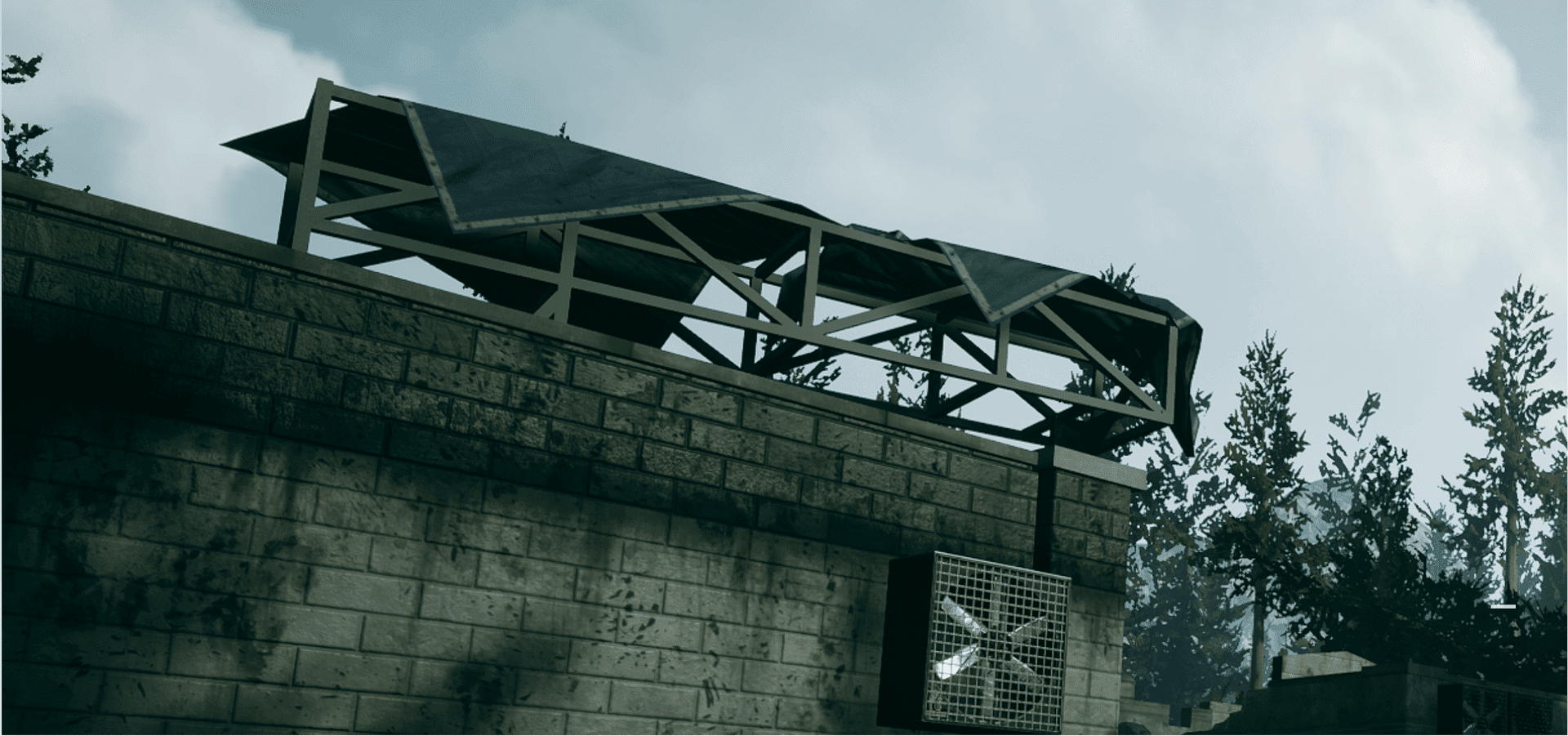
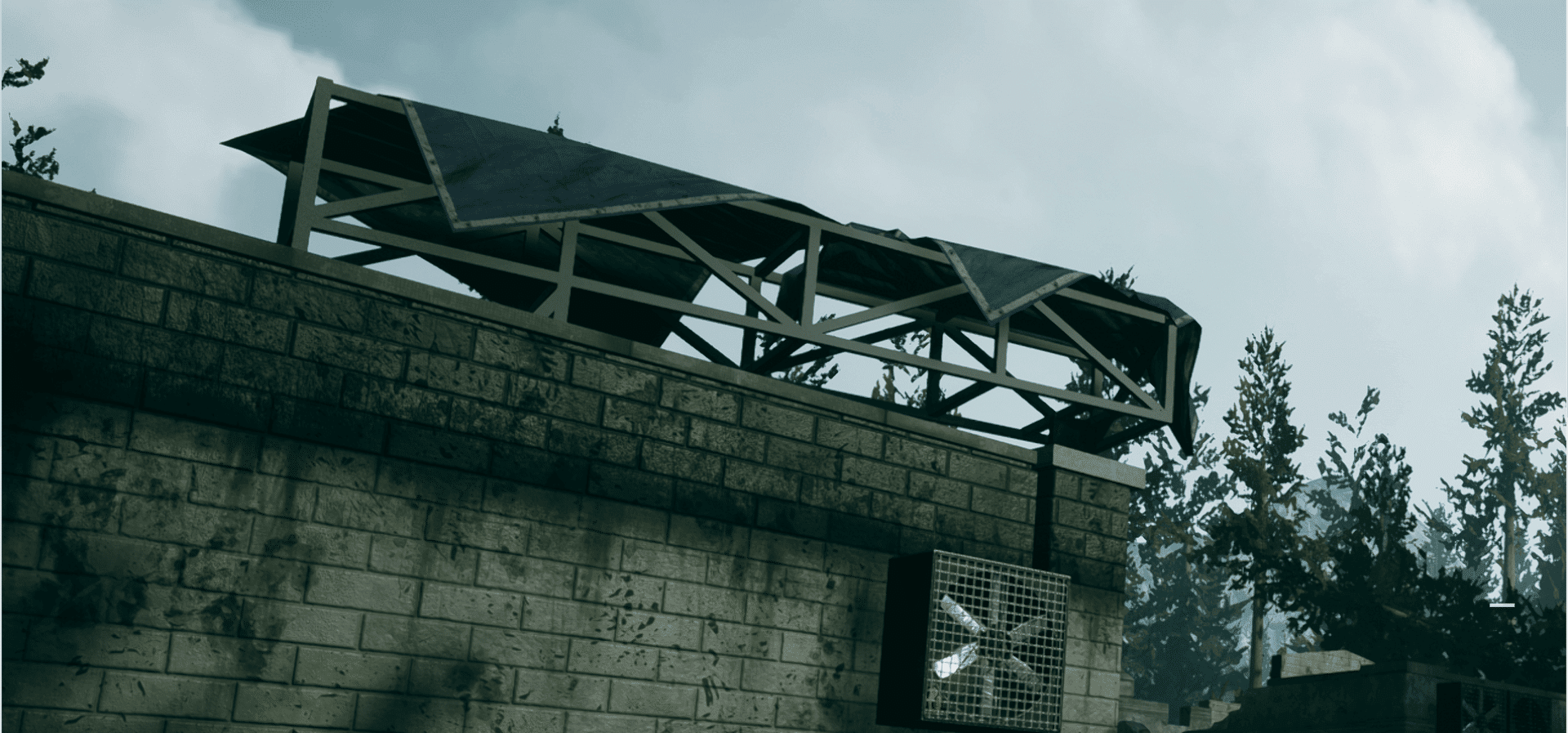
The wires below are another example of how the edges are detected, smoothed, and preserved by FSR’s EASU algorithm. As you might have noticed this algorithm doesn’t play well with vegetation and transparent textures such as the fir tree leaves. This is one of the primary drawbacks of FSR when compared to temporal upsampling techniques.
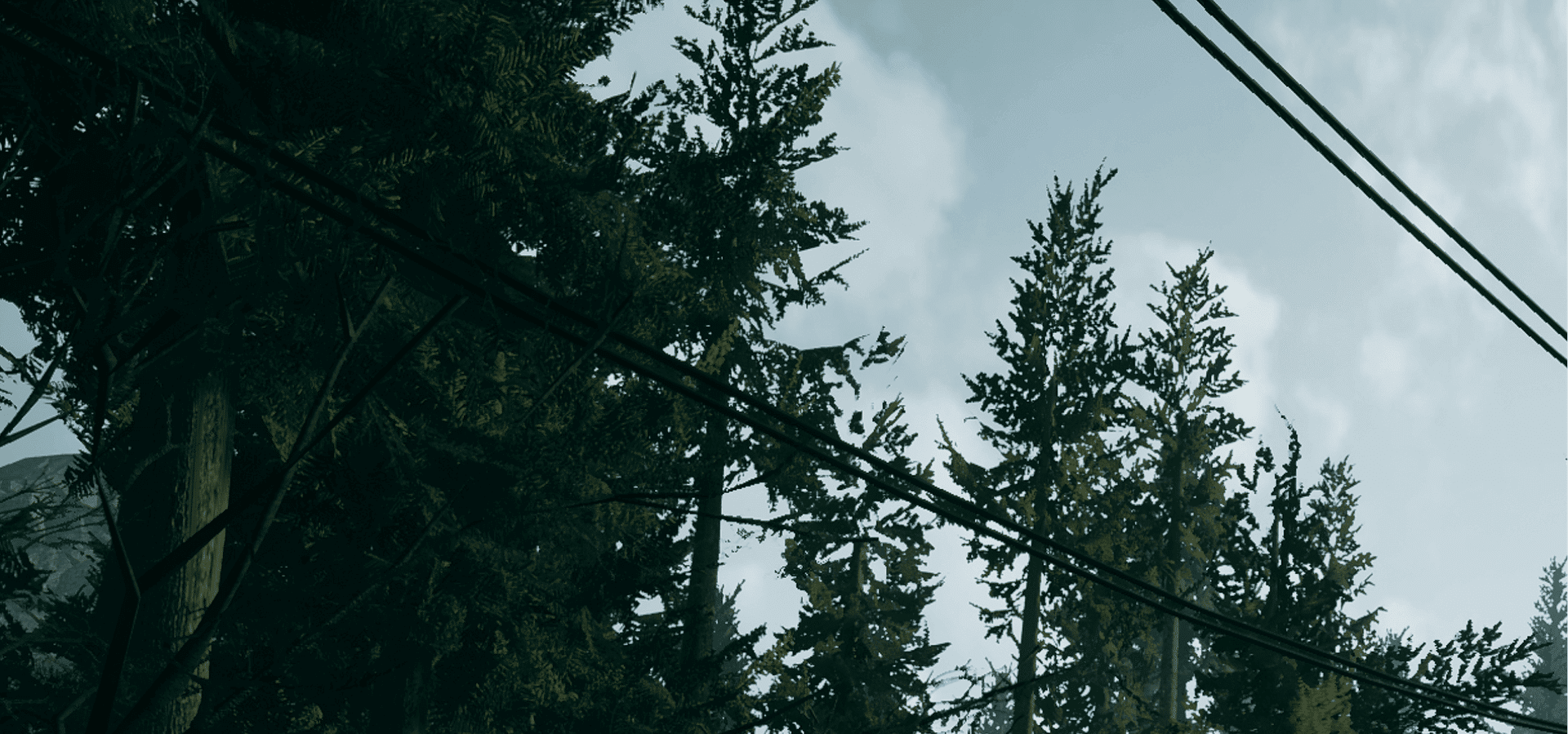
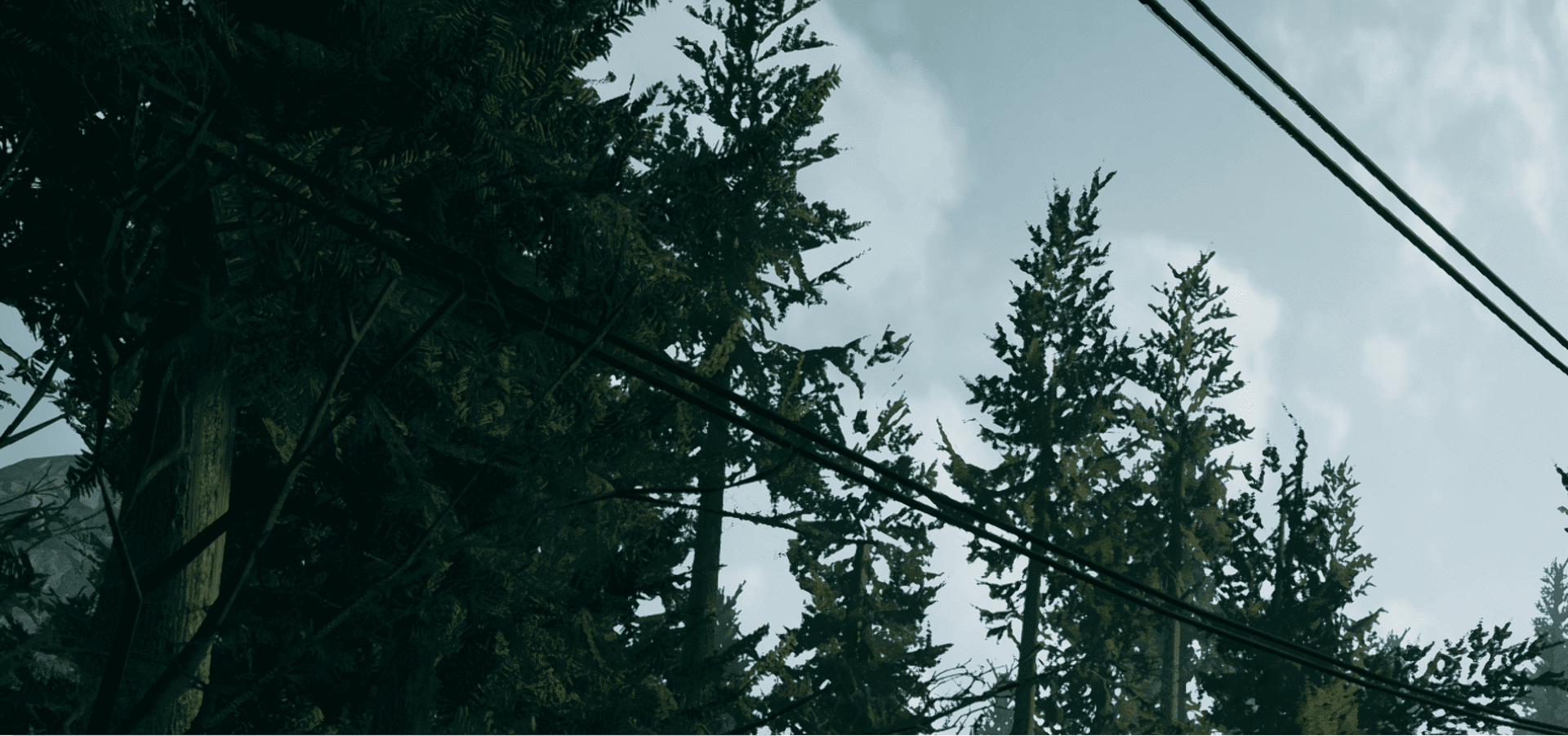
Continued on the next page…
Benchmarks and Conclusion
Let’s have a look at how the performance differences between bilinear (native) upscaling and FSR and how much of a difference do the sharpening filters make. Please note that the benchmarks were taken at 4K using a GeForce RTX 3070 alongside a Core i7-10700 at the “Epic” Quality preset:
That’s a healthy 2x gain with FSR quality and 1.65x with the Ultra Quality preset. The performance impact of EASU (Edge-Adaptive Spatial Upsampling) looks to be slightly higher than bilinear upscaling. Adding sharpening appears to add an overhead of 10-15 FPS (10-12%) to the BL upsampling, but even after that FSR is a smidge slower. Not surprising, but there’s probably room for improvement here.
Despite what a lot of people think, external shaders like SweetFX and ReShade aren’t very popular among mainstream PC gamers. As such, games that come with a sharpening pass such as CAS are will seemingly look a fair bit worse with FSR. On the other hand, games that don’t have an in-built sharpener will look rather sharp with FSR, merely due to the impact of contrast adaptive shading on the visual quality The former is very apparent in Godfall. Compared to Terminator: Resistance, FSR seems to cause a fairly notably hit to image sharpness. This is cos even without FSR, the game has a sharpening filter toggle:
There’s a running argument over whether FSR should be compared with DLSS or not. The answer to that is, yes and no. DLSS requires you to buy a $500 graphics card ($1,000 these days), while FSR can be used on just about anything: APU, iGPU, and even 10-year old parts. NVIDIA is serving only 15% of its userbase at the moment (5% of overall PC gamers), while AMD is looking to involve everyone. Yes, FSR (at the moment) isn’t as advanced as DLSS, but at least it’s something everyone can use. DLSS is akin to the forbidden city which only a very limited number of people can access. Furthermore, while the former requires dedicated hardware and is also hard to implement not only due to the temporal feedback aspect but the neural network training too.
I believe AMD should have released two upscalers, FSR and FSR plus. The former with a simple spatial upscaling algorithm, and the latter with temporal feedback as well. This would have allowed for easy integration of the former and a plugin of sorts for engines like Unreal and Unity for the latter. We are likely to see some form of the (FSR 2.0?) latter in the future, simply because of how widespread TAU is in modern games.
You can find the original full-screen shots here.
There's a running argument over whether FSR should be compared with DLSS or not. The answer to that is, yes and no. DLSS requires you to buy a $500 graphics card ($1,000 these days), while FSR can be used on just about anything: APU, iGPU, and even 10-year old parts. NVIDIA is serving only 15% of its userbase at the moment (5% of the overall PC gamers), while AMD is looking to involve everyone. Yes, FSR (at the moment) isn't as advanced as DLSS, but at least it's something everyone can use. DLSS is akin to the forbidden city which only a very limited number of people can access. Conclusion
Visual Fidelity - 75%
Performance - 80%
Target Audience - 90%
Ease of Integration - 85%
83%
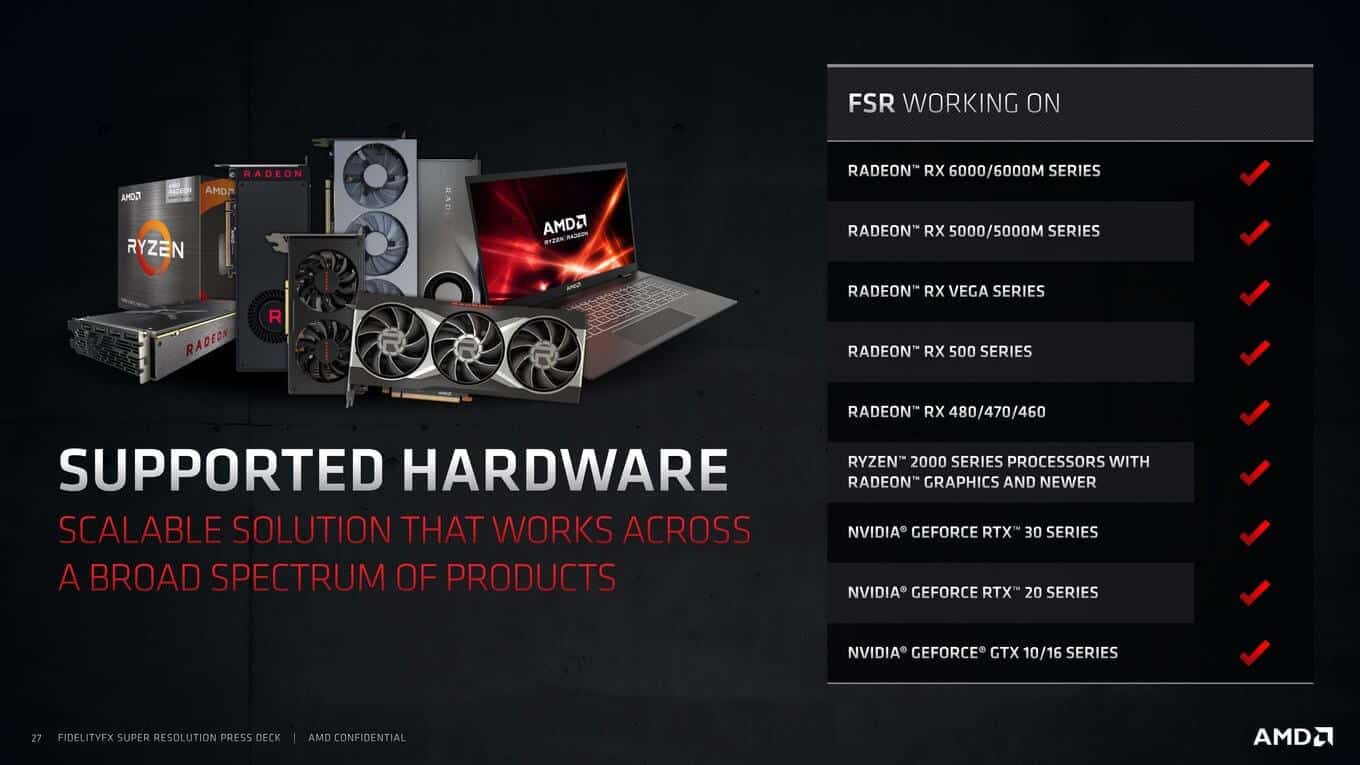
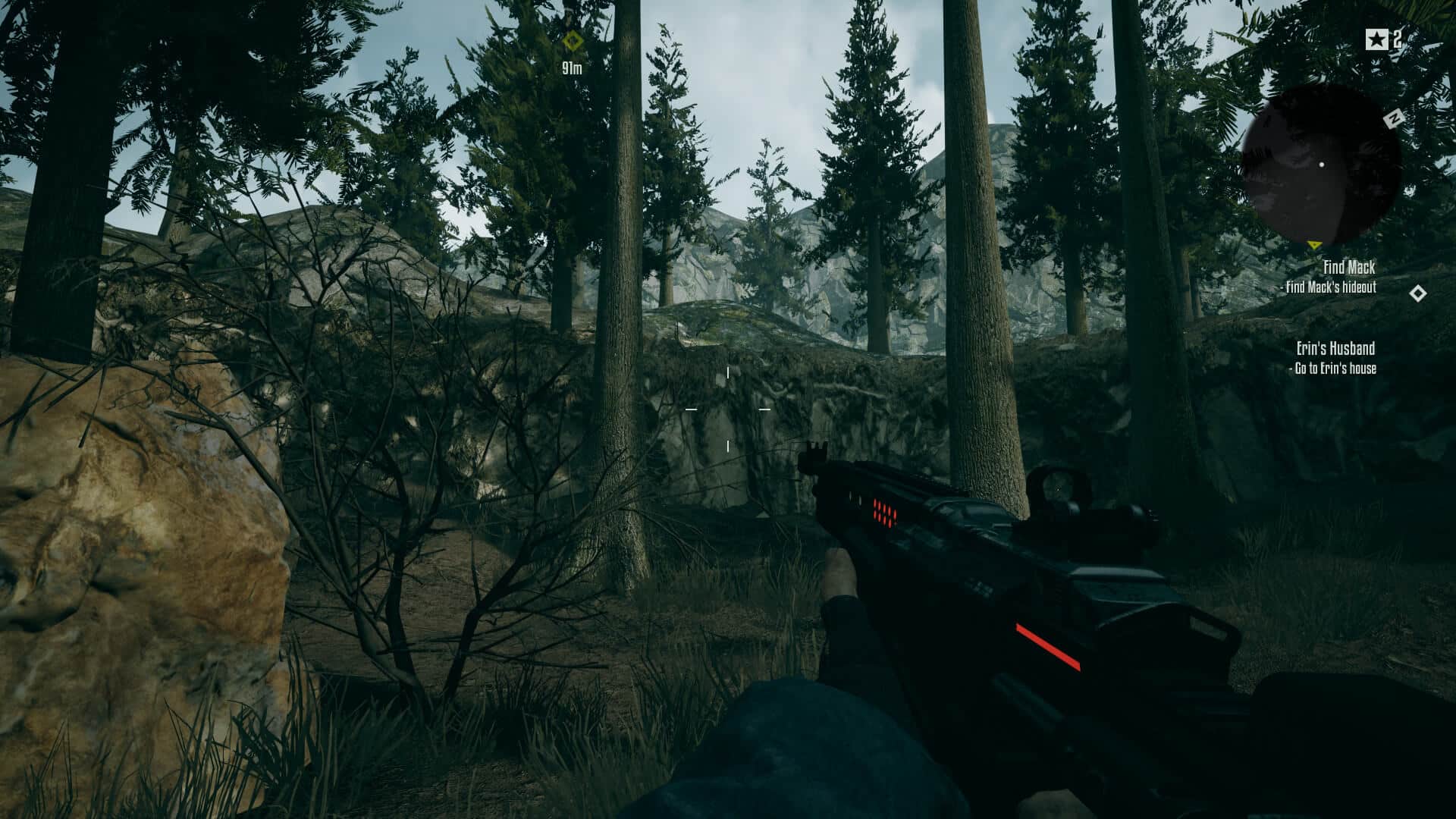
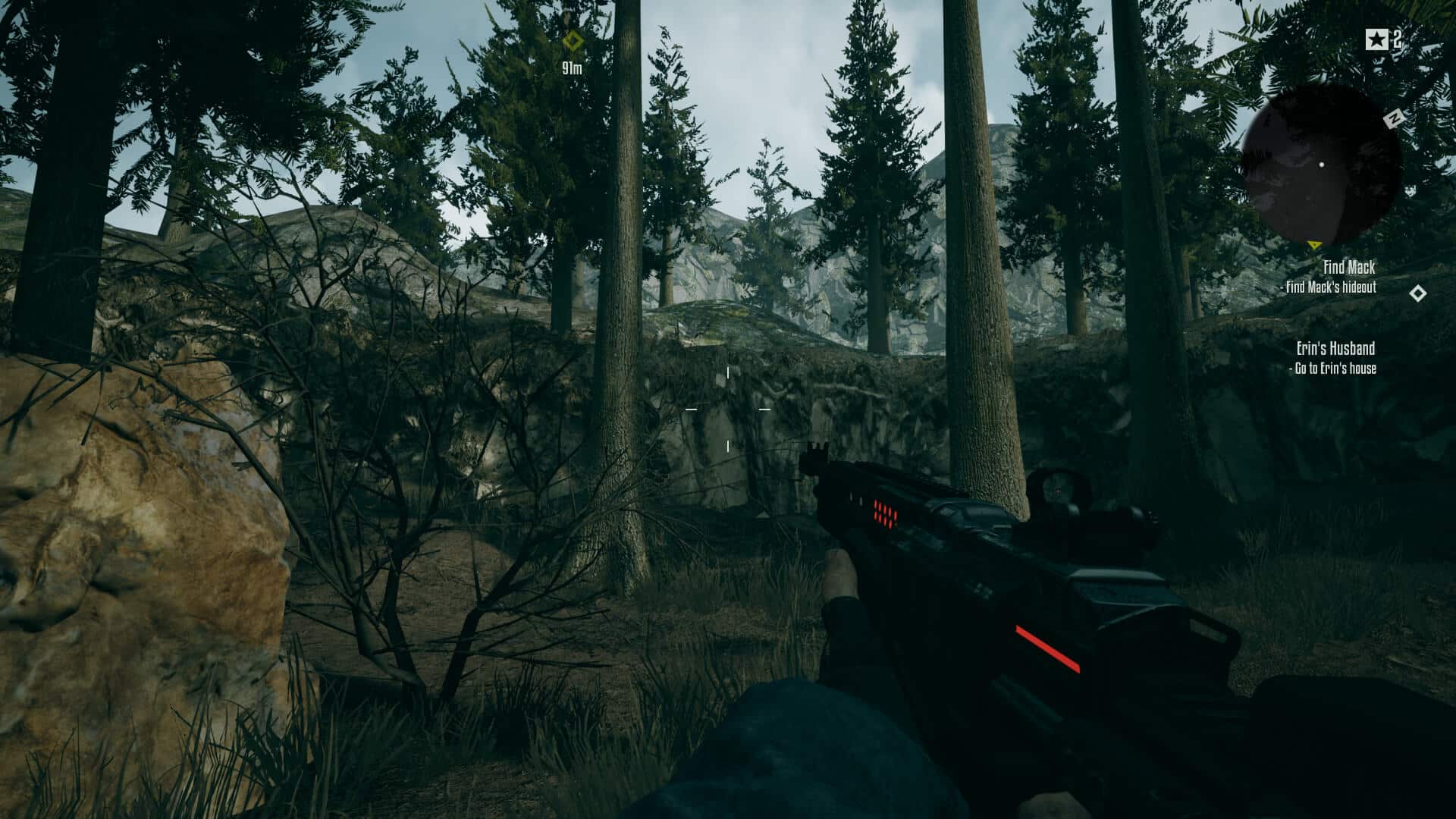
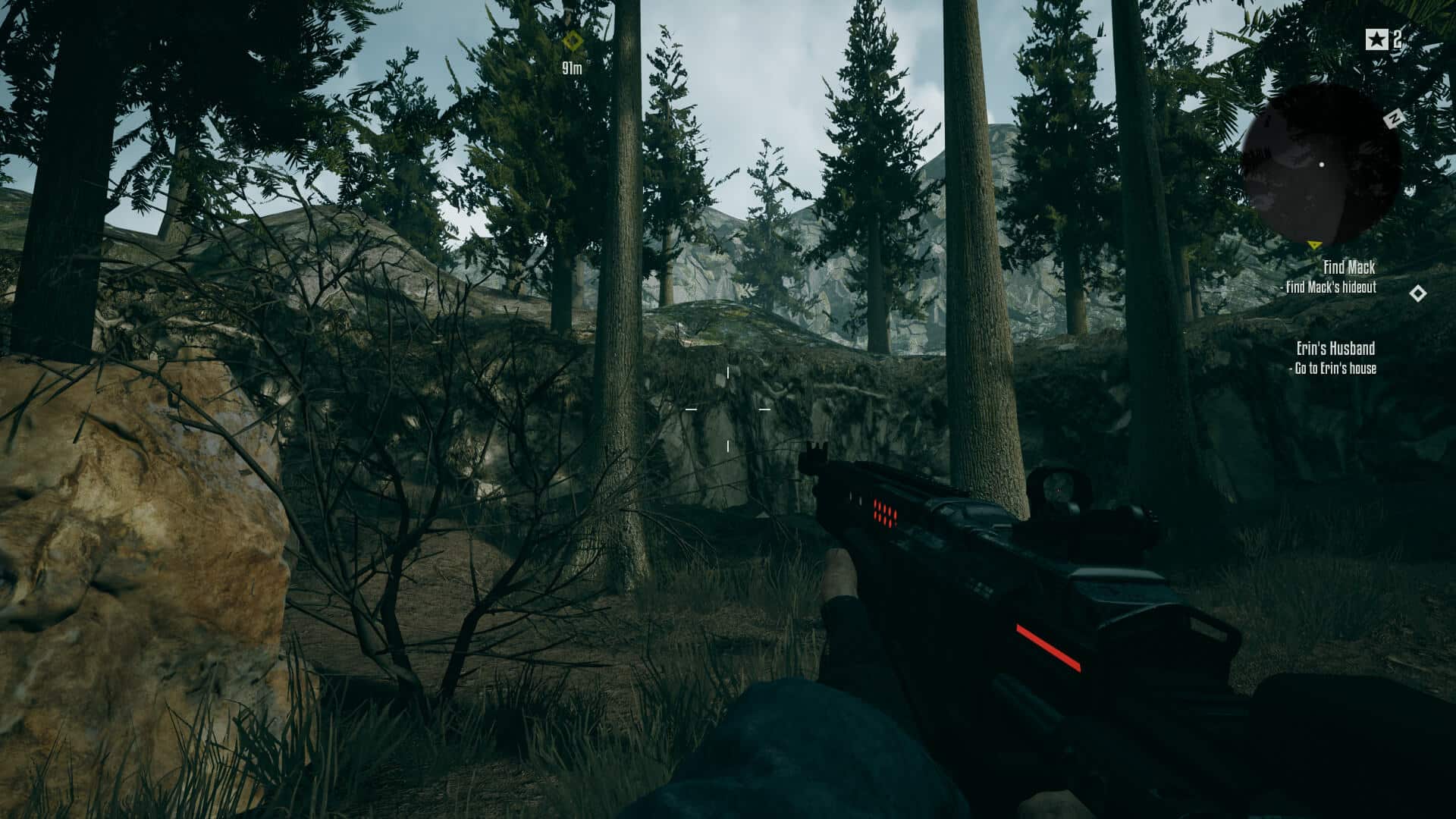
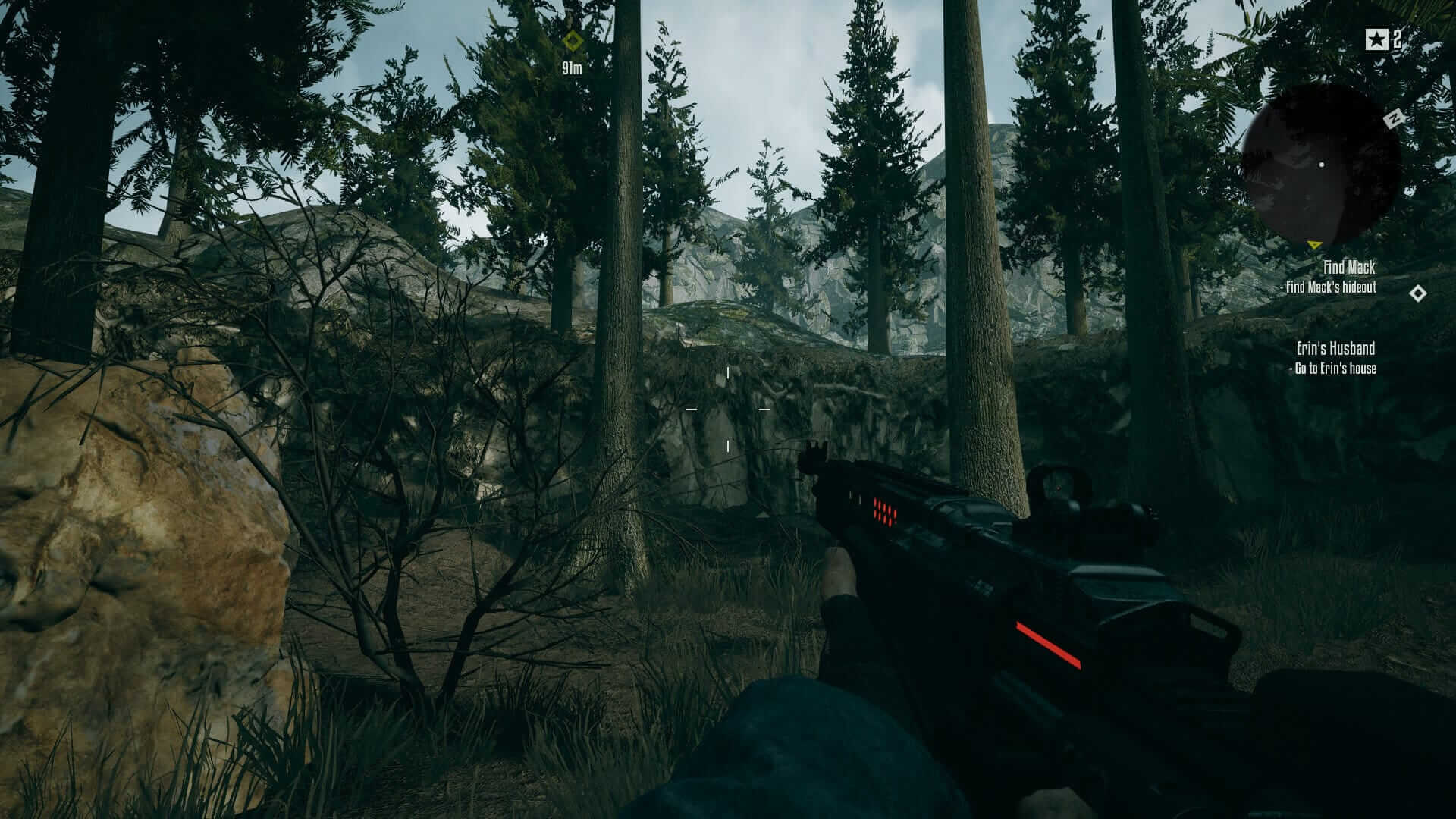
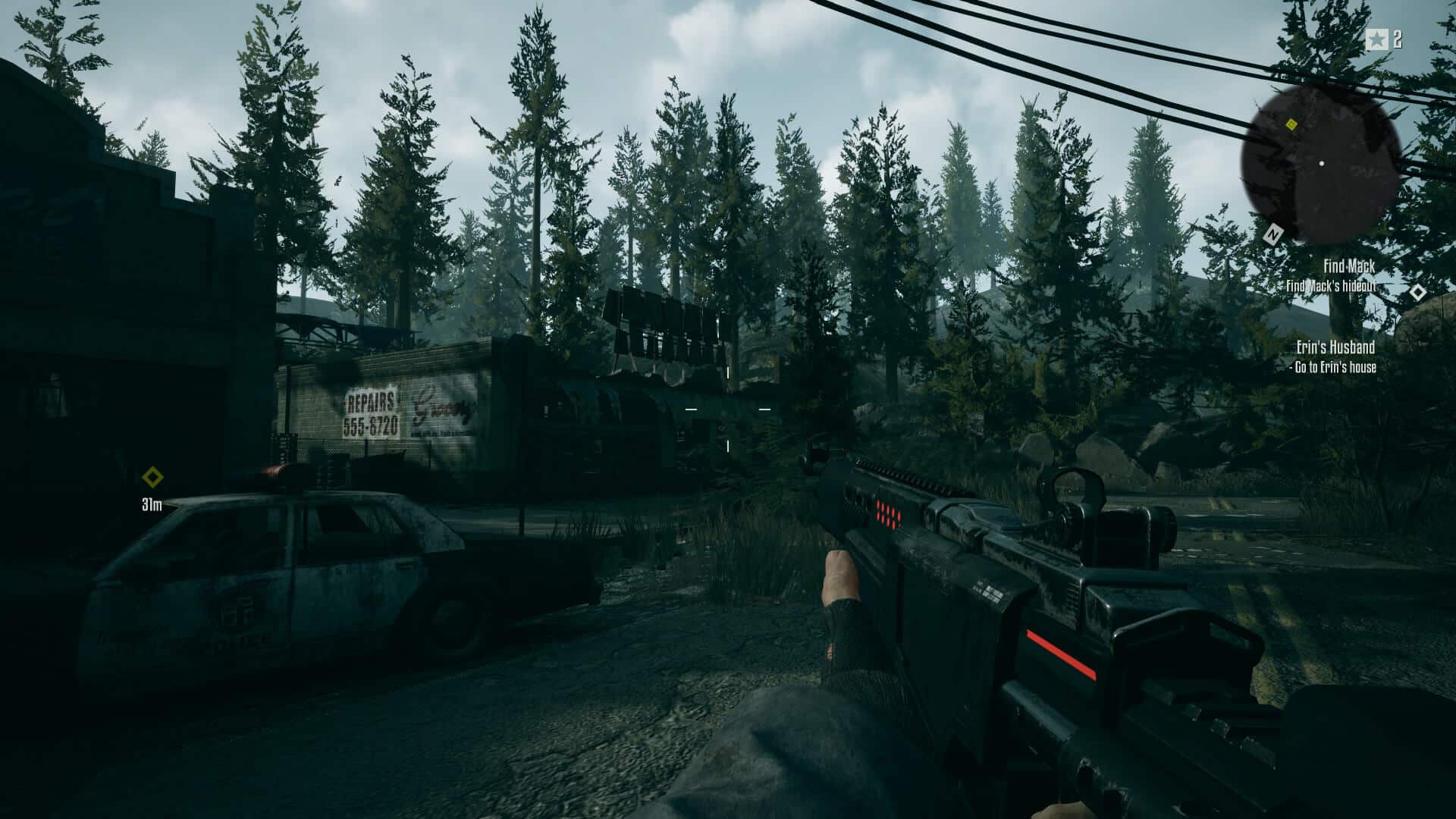

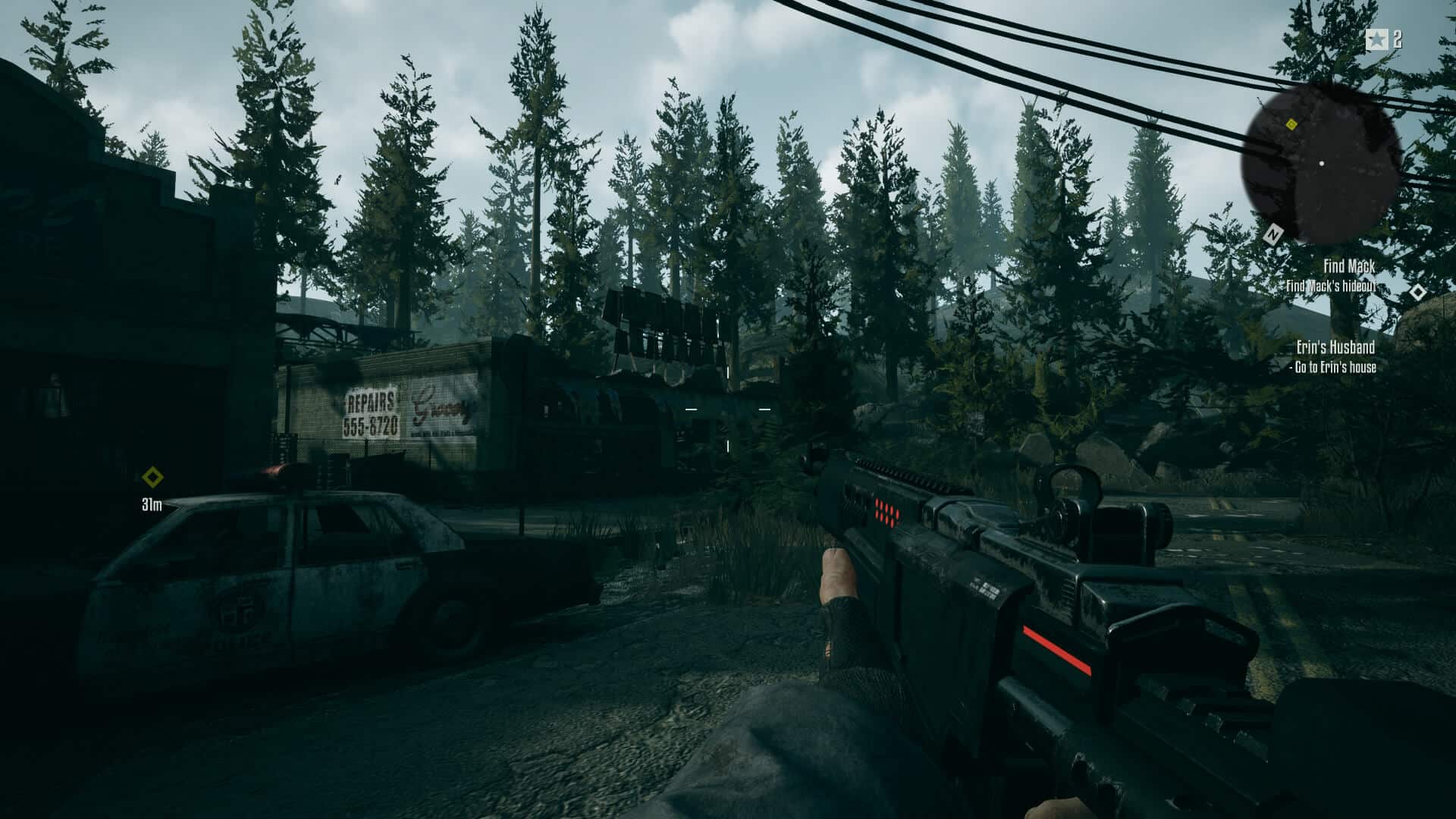
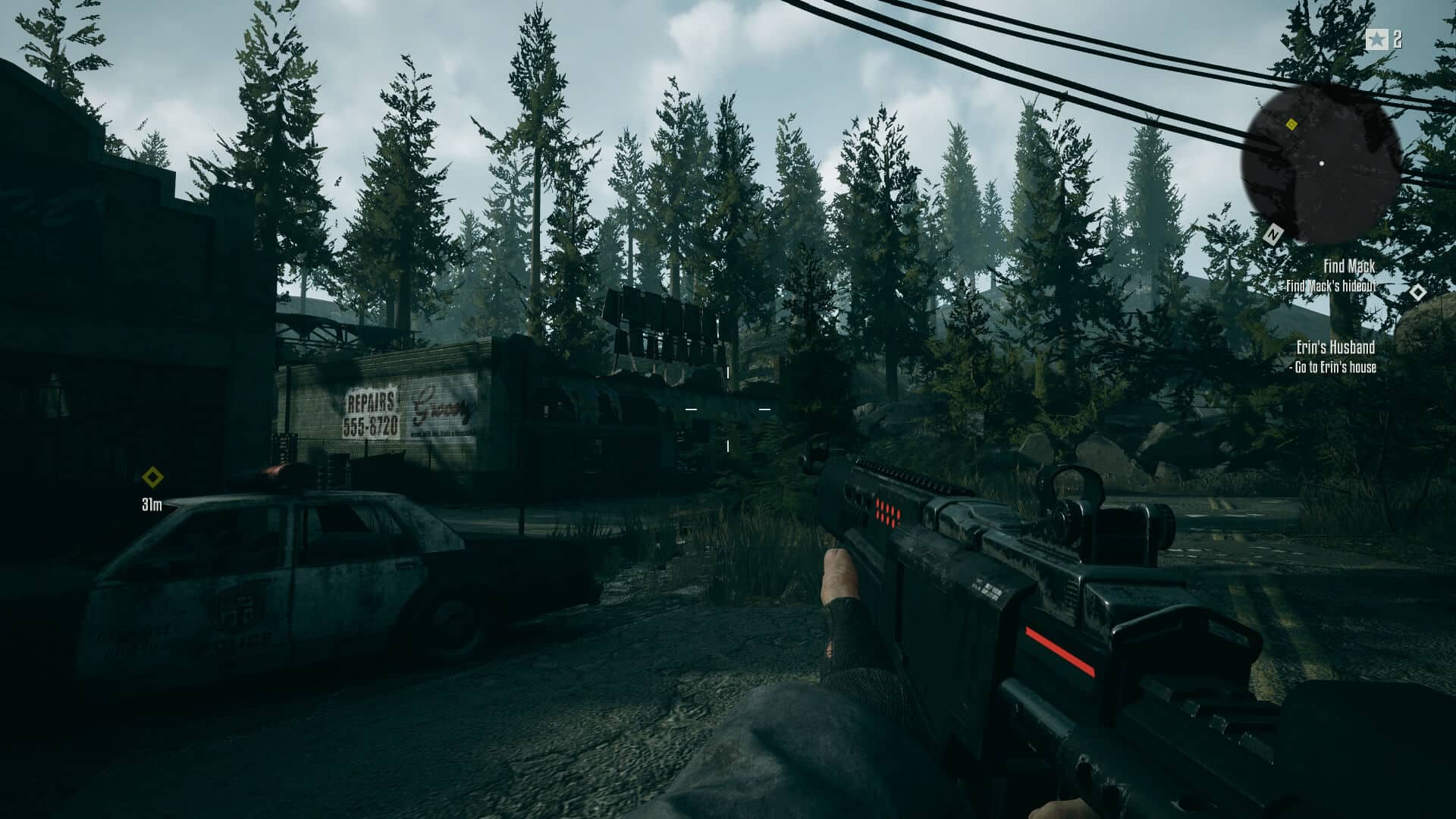
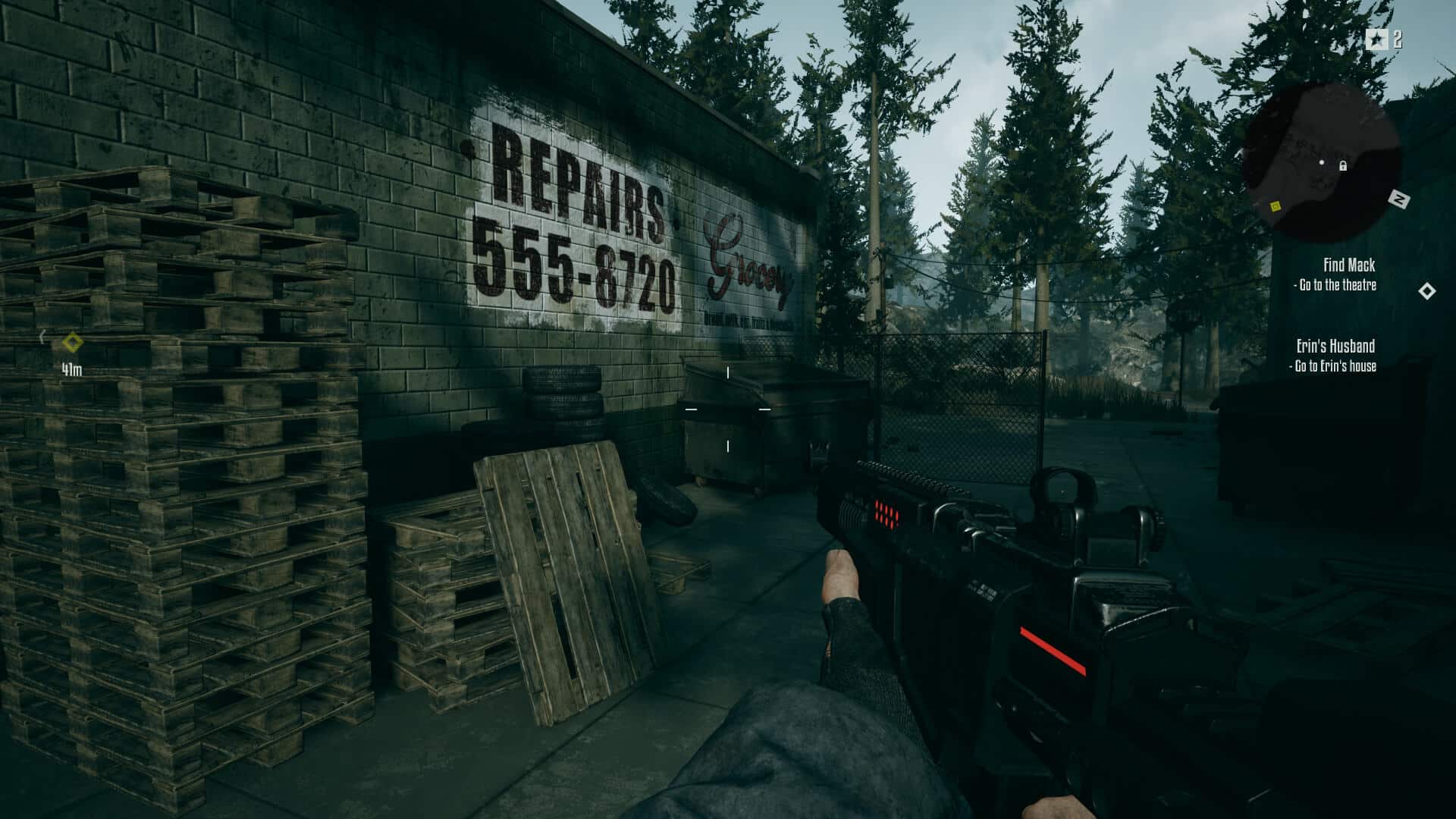

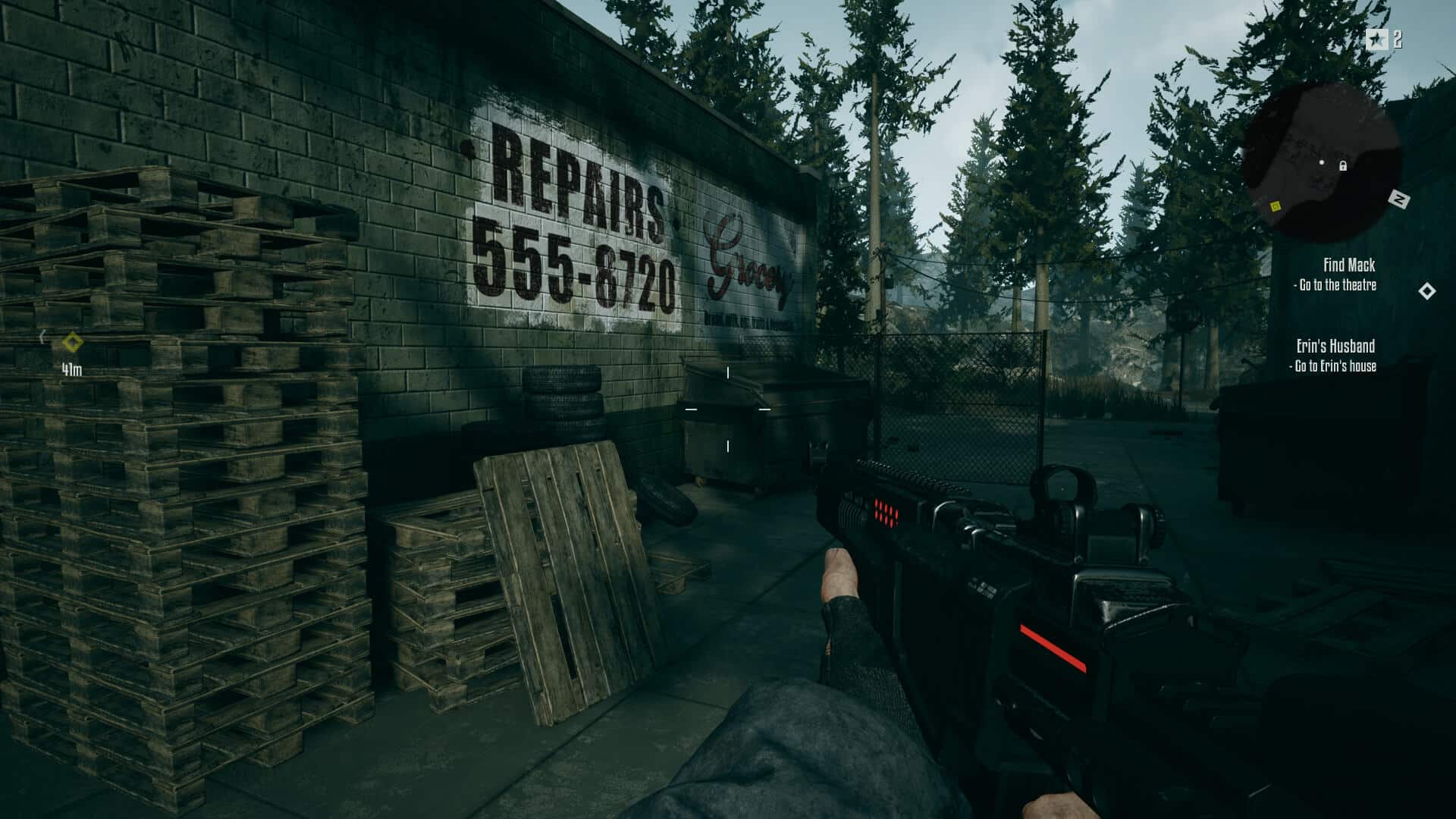
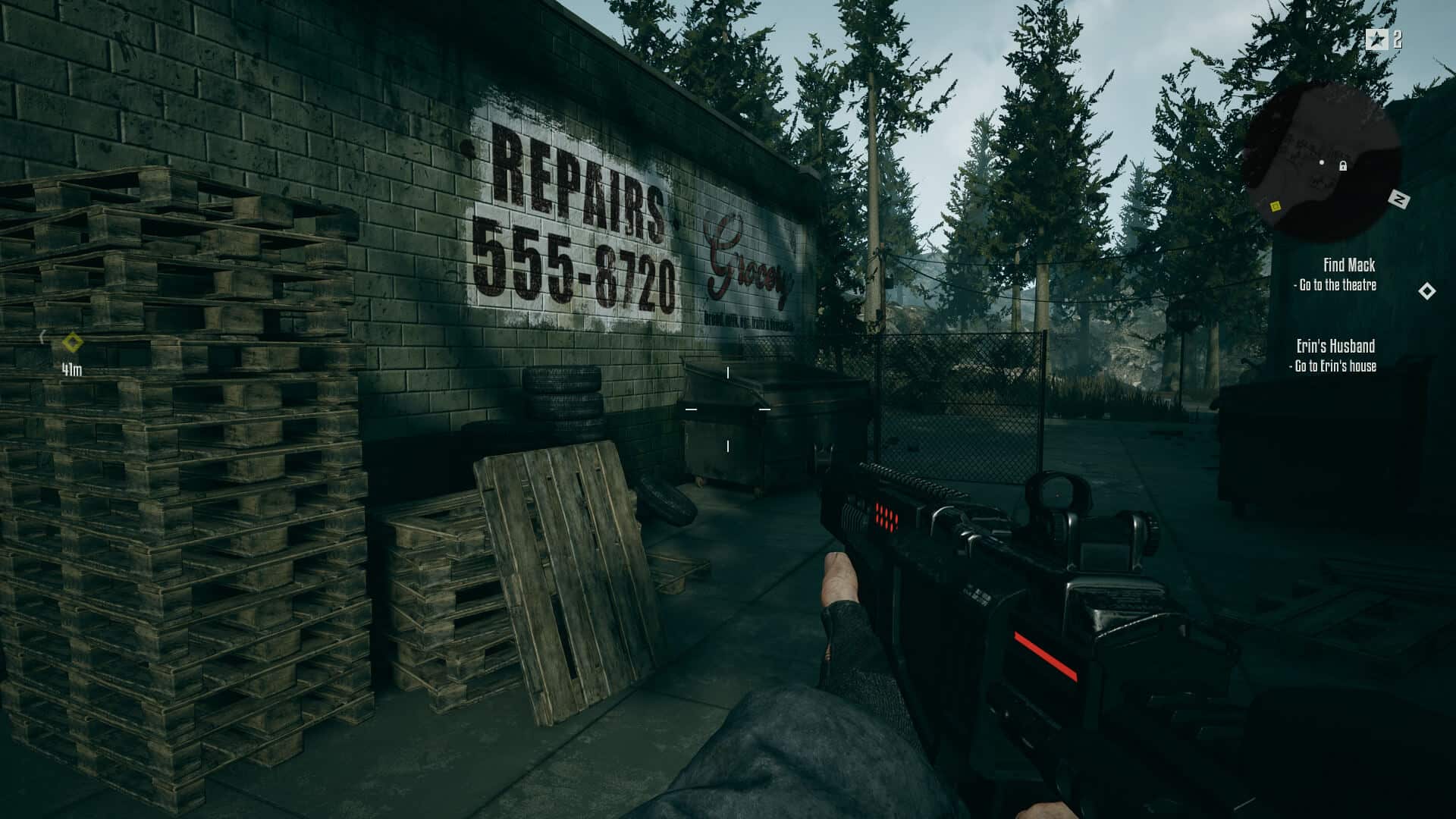


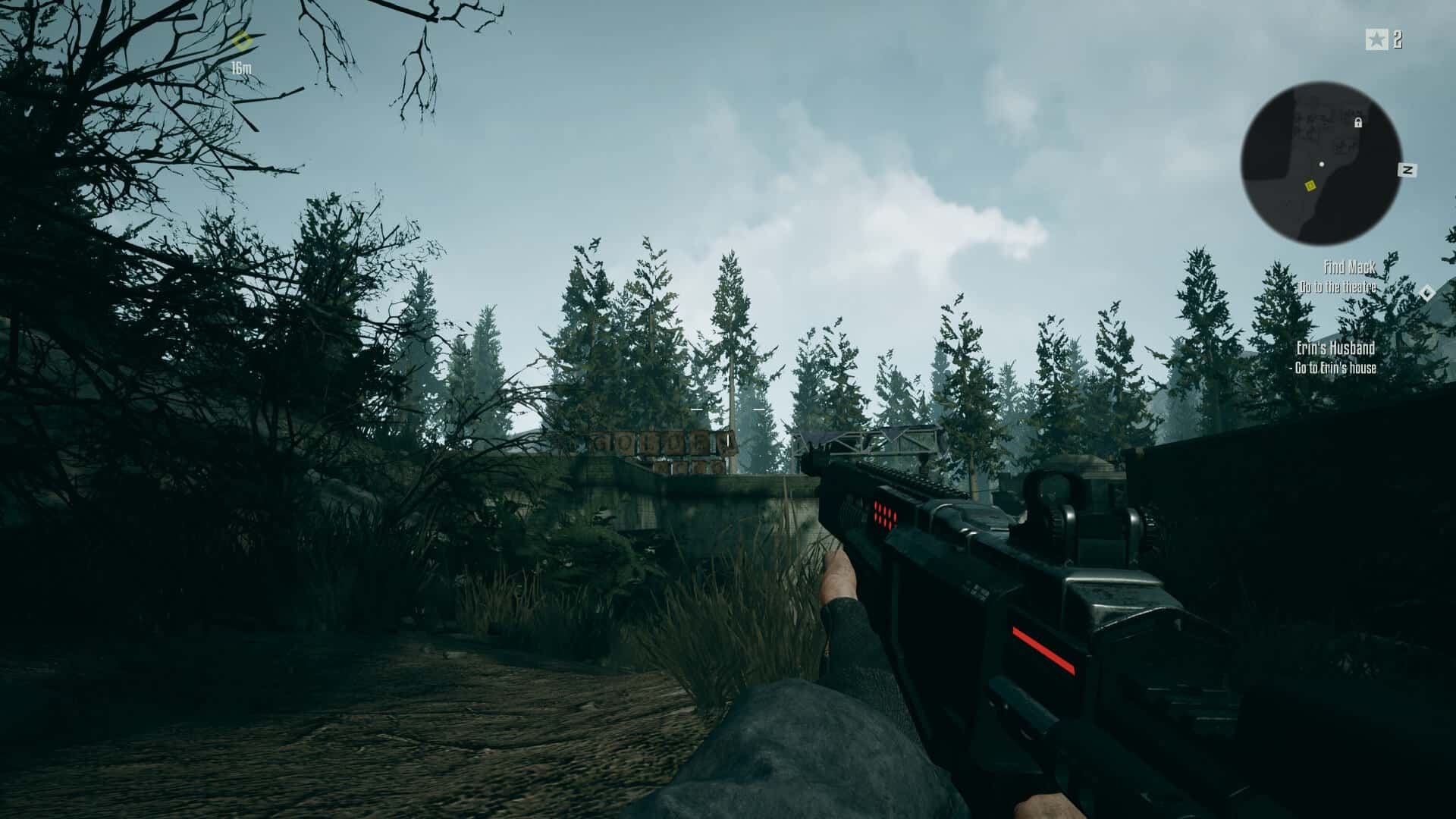
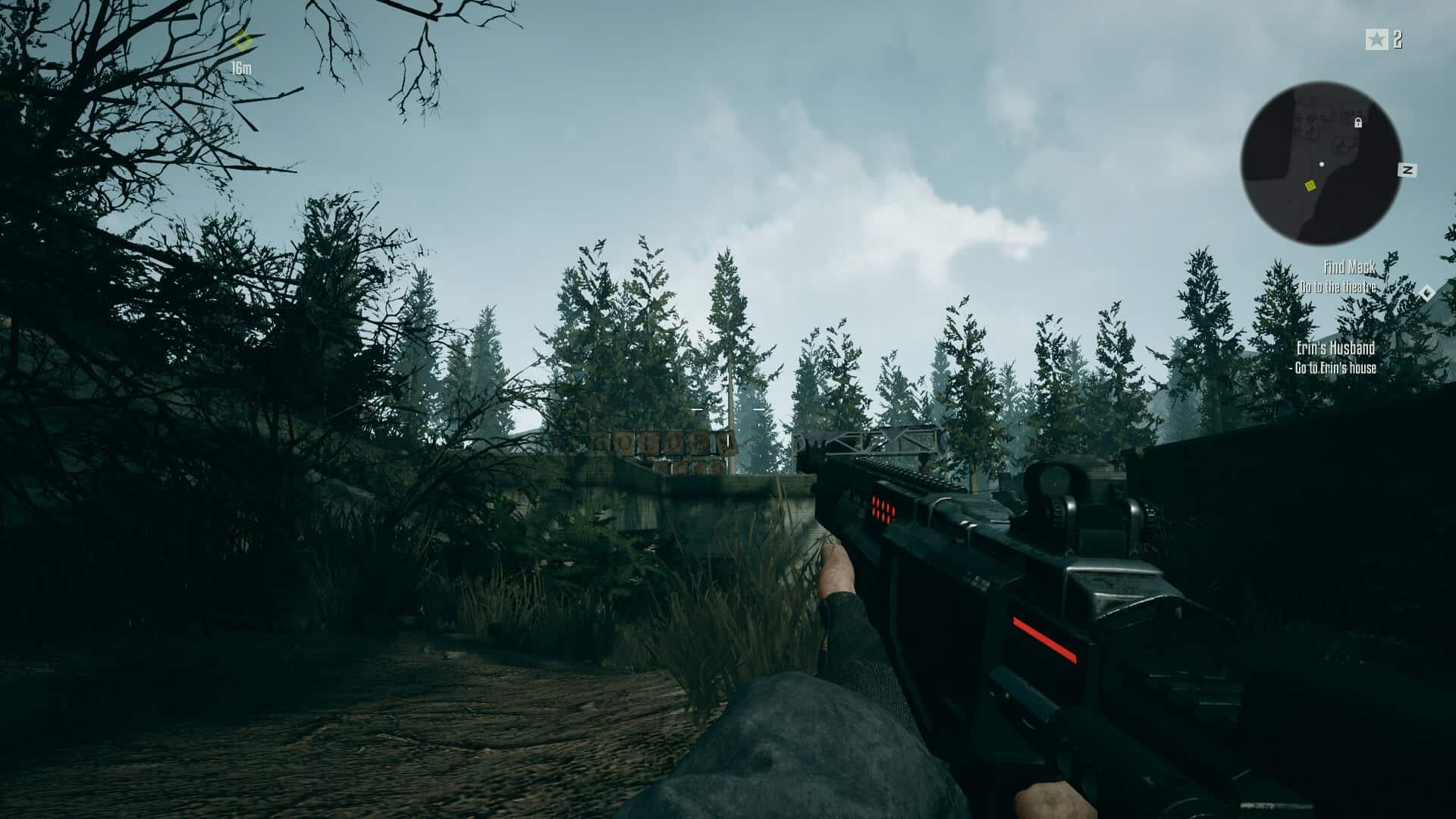
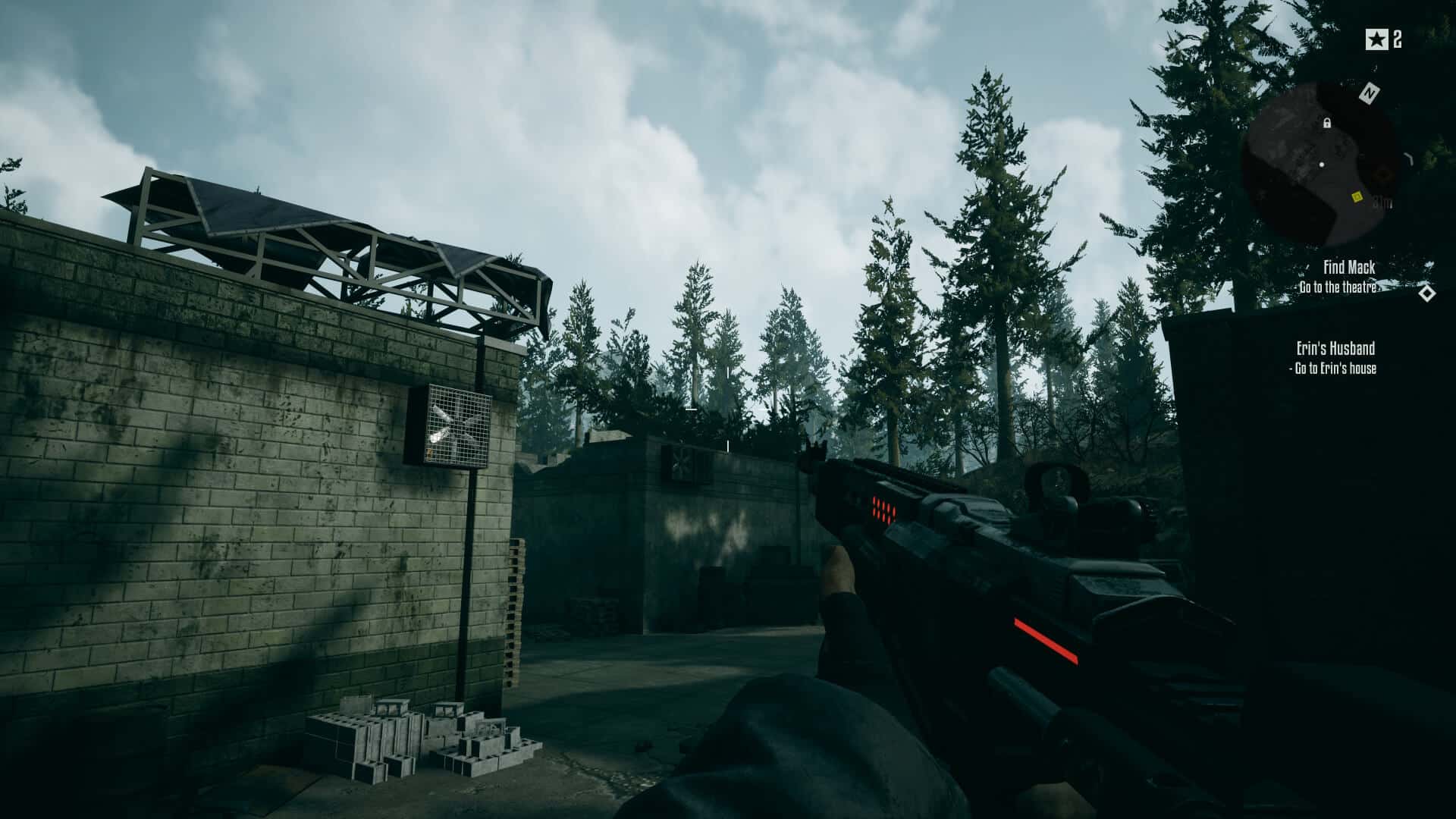

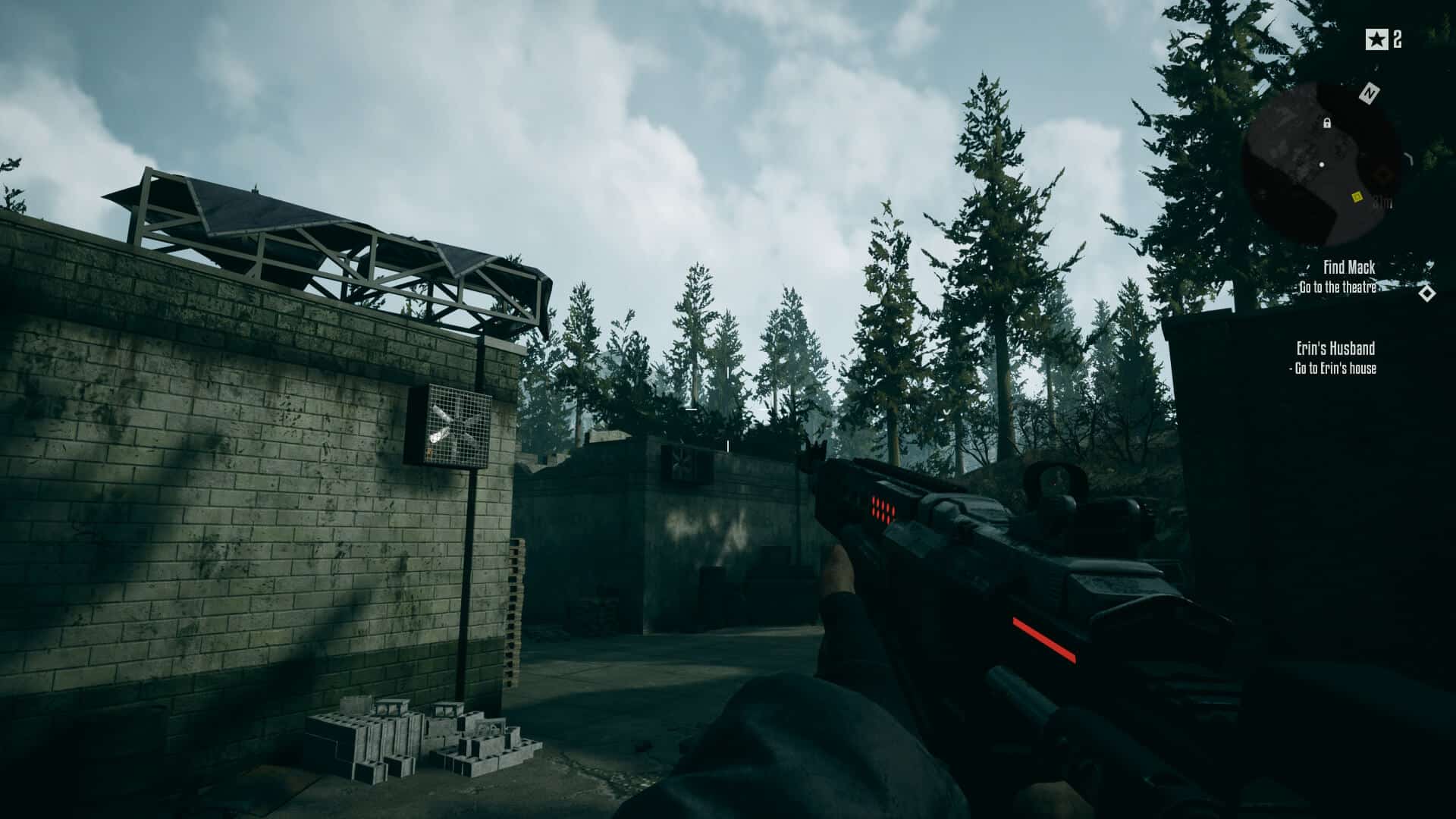
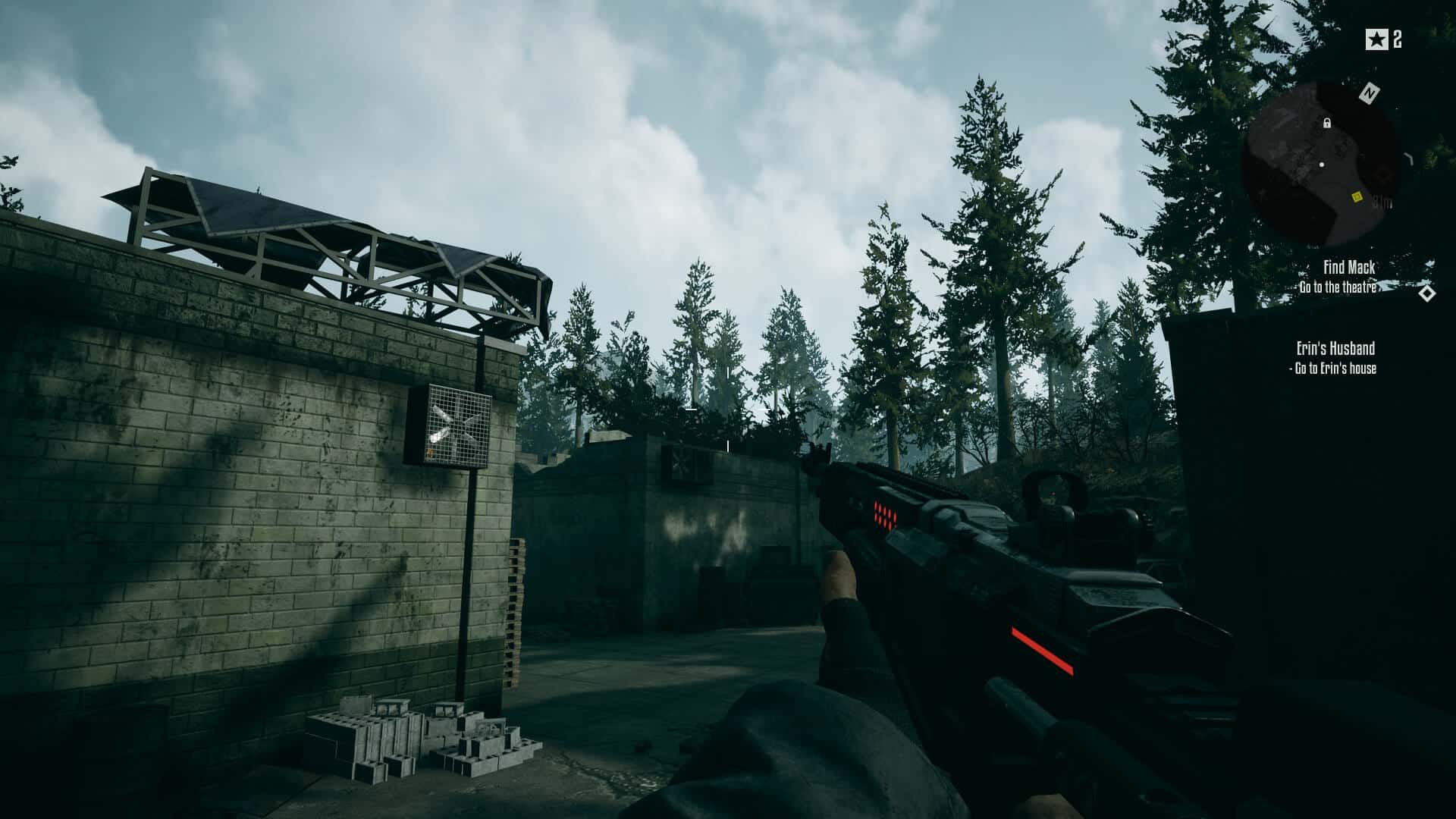
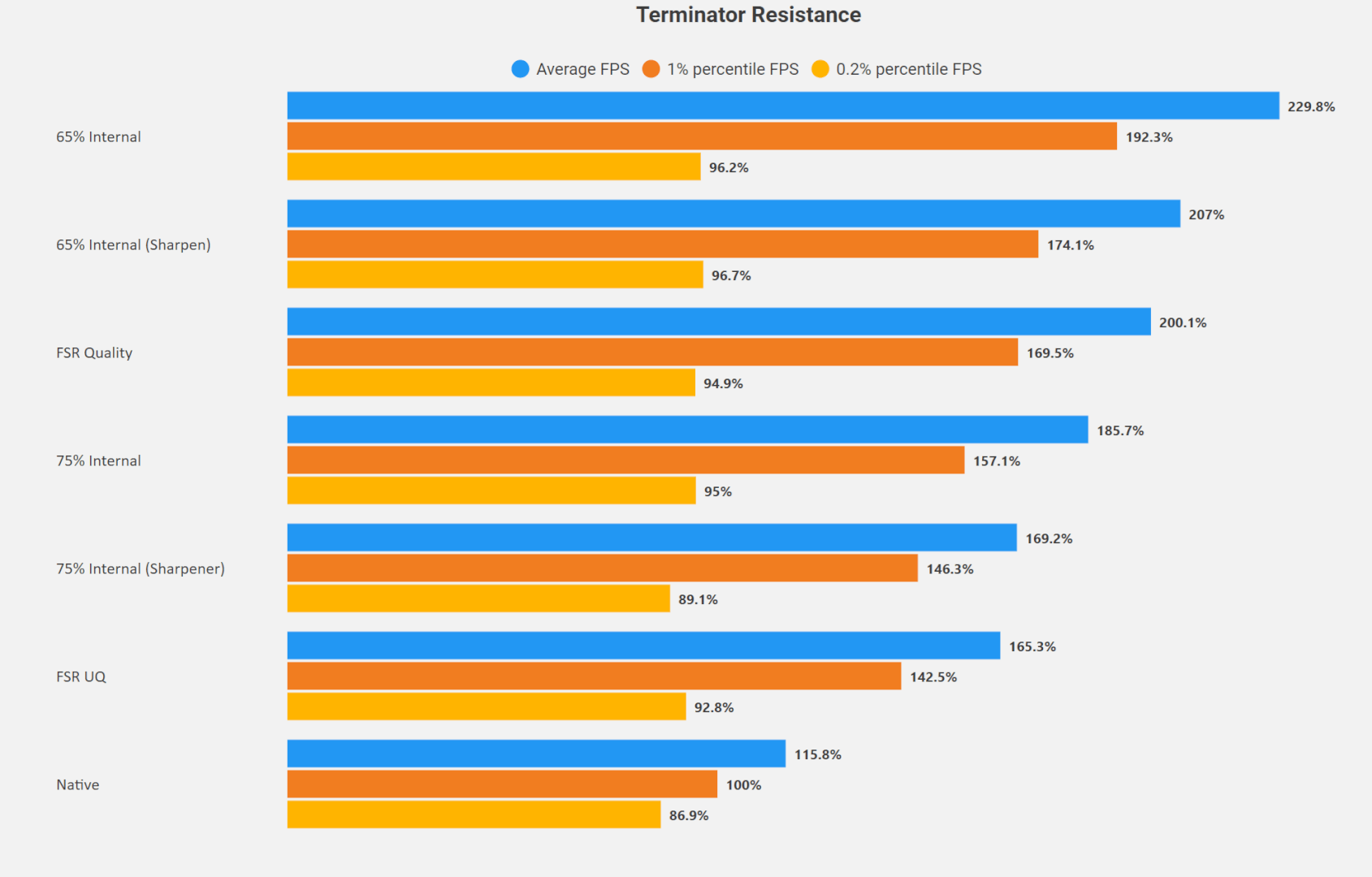
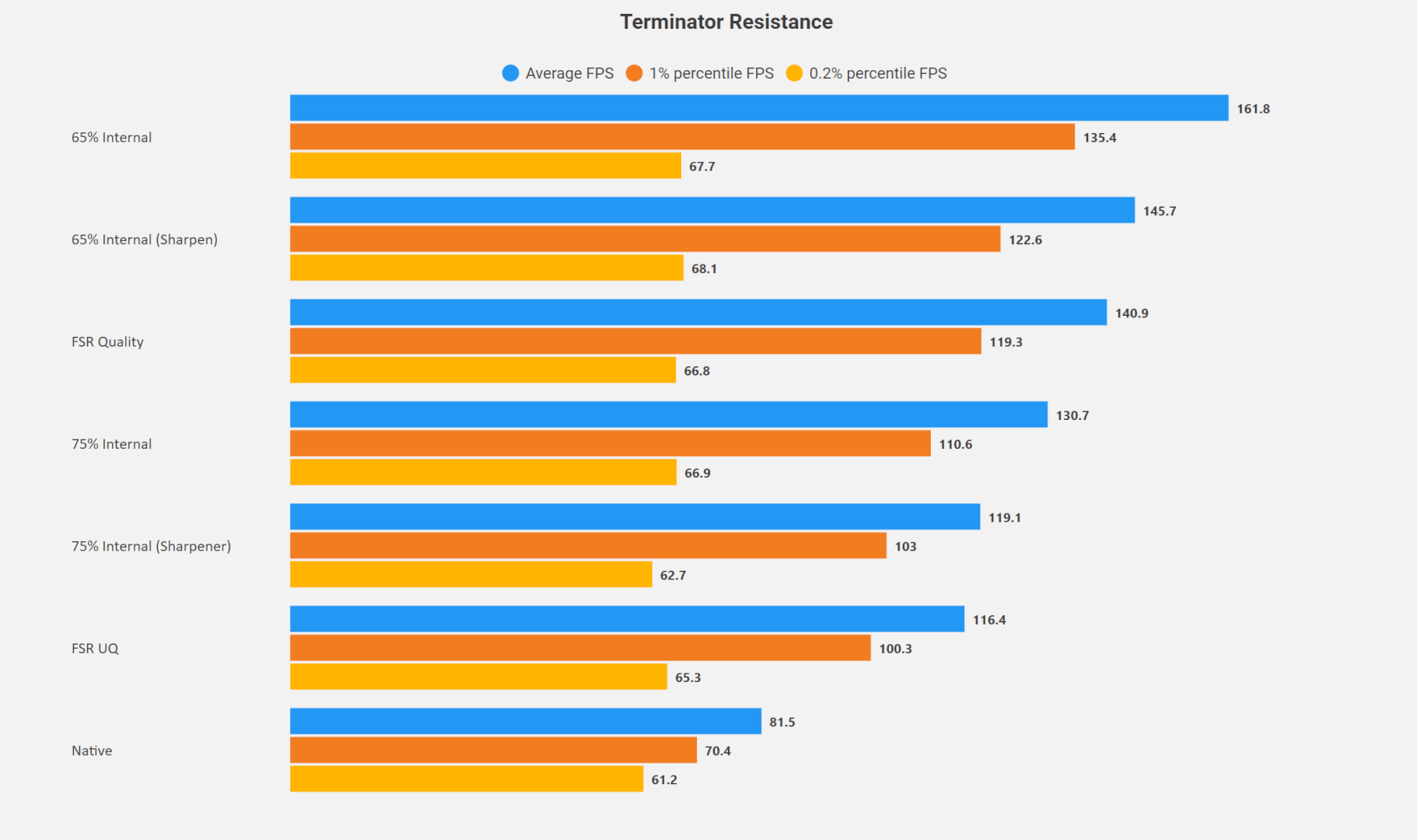
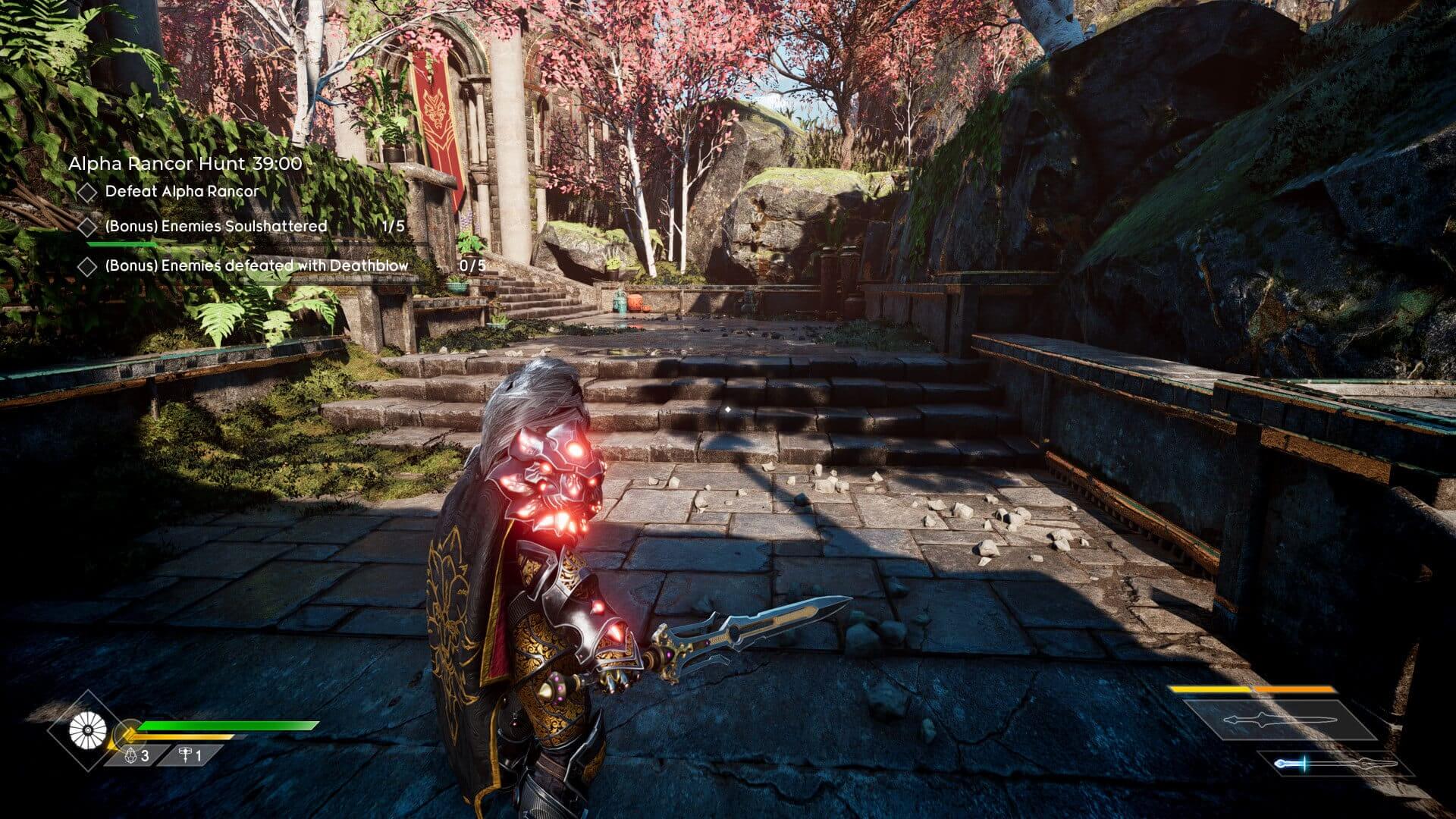

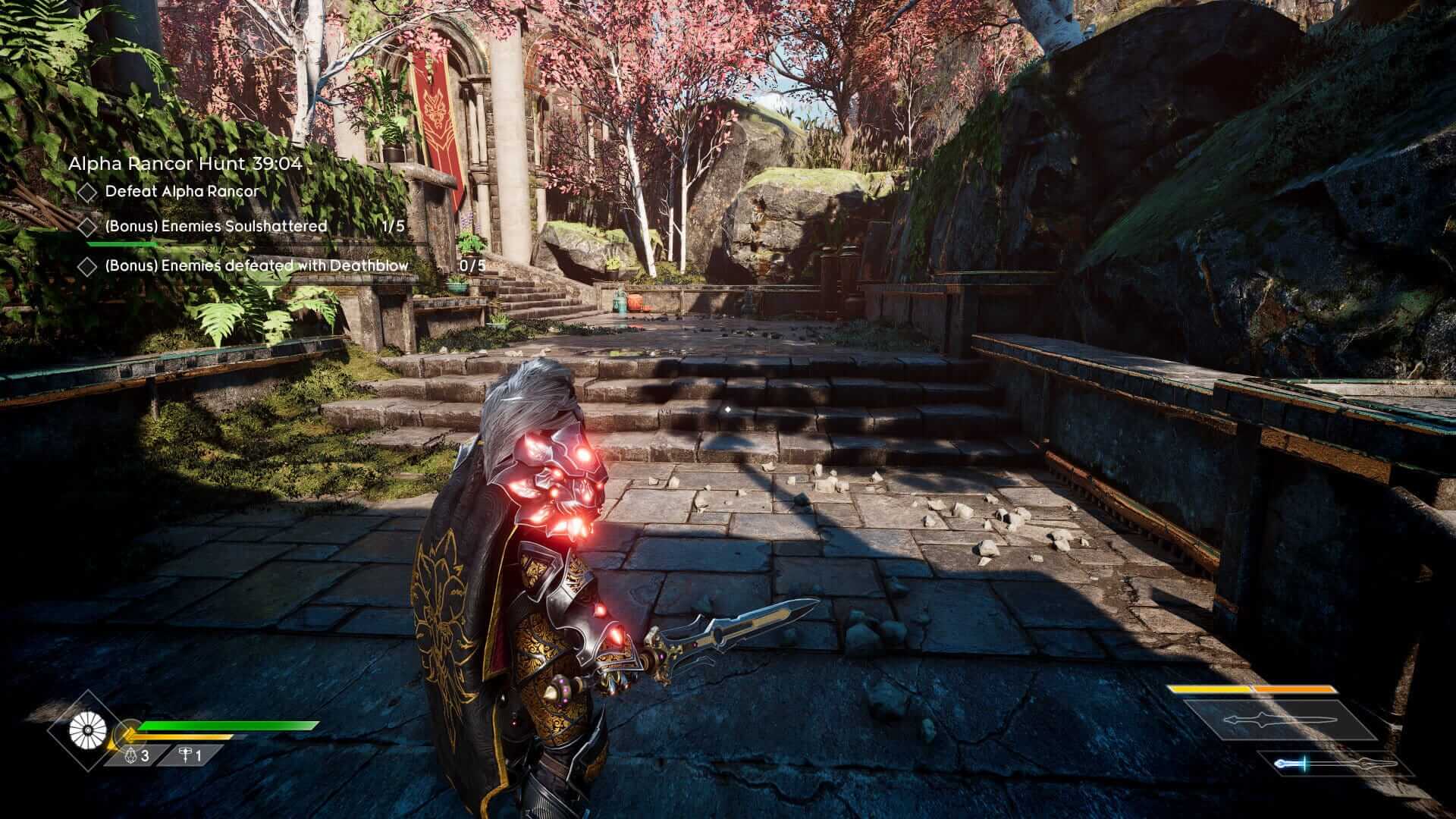
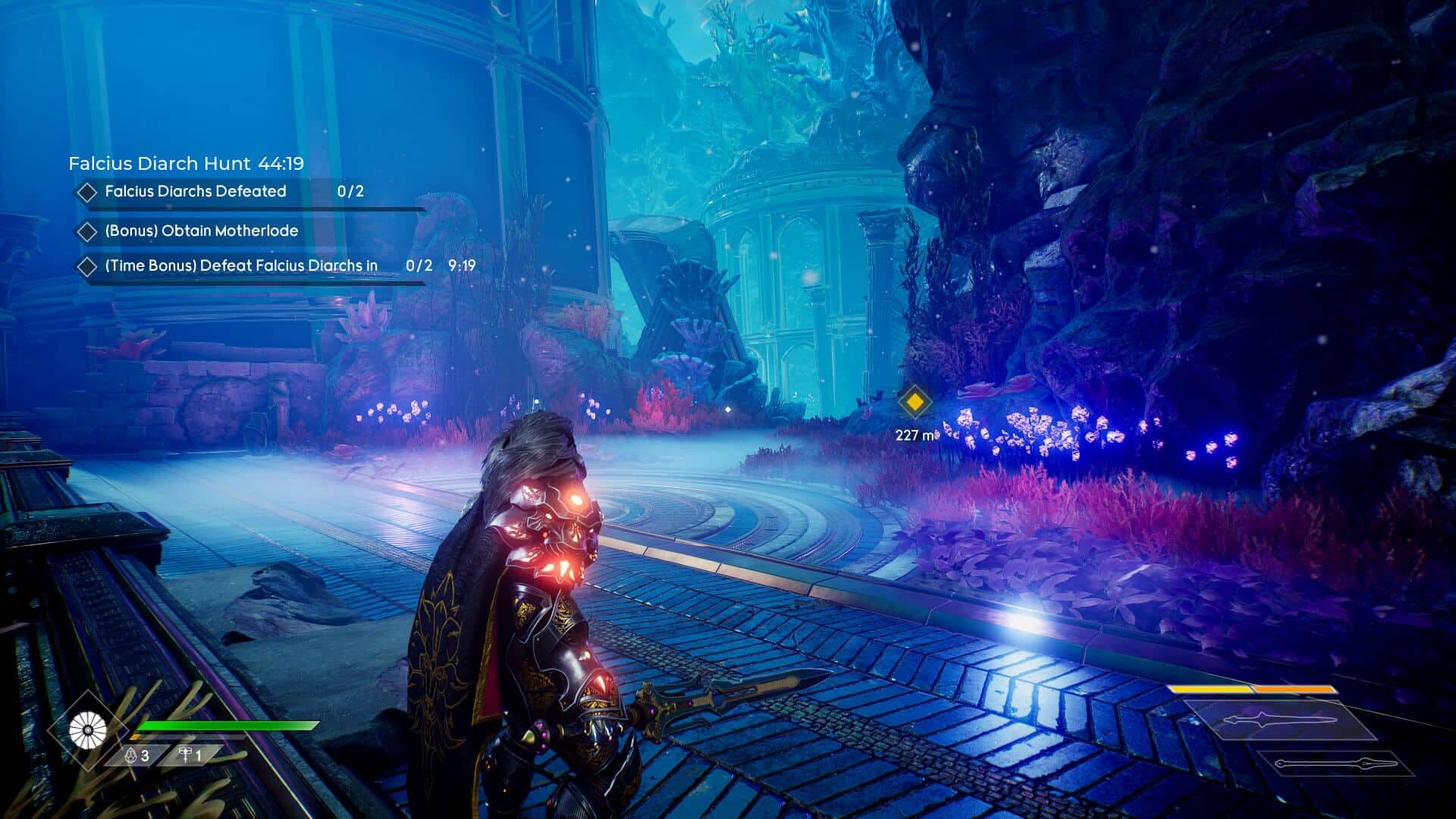
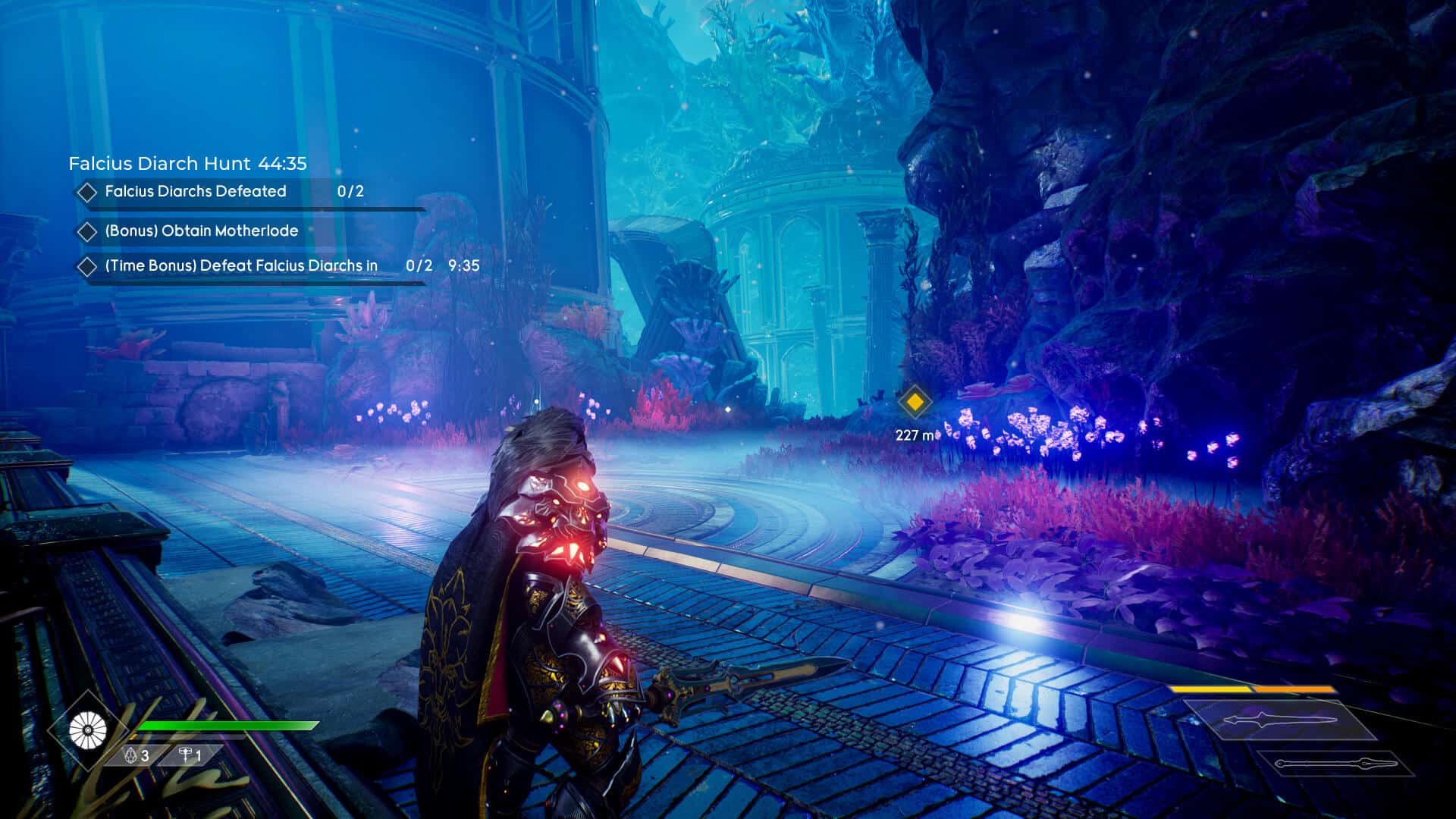

 Intel Graphics Driver Boosts Performance by up to 48% on Meteor Lake Processors
Intel Graphics Driver Boosts Performance by up to 48% on Meteor Lake Processors Ghost of Tsushima PC Specs: NVIDIA RTX 4080 for 4K 60 FPS, Likely to Favor AMD Radeon
Ghost of Tsushima PC Specs: NVIDIA RTX 4080 for 4K 60 FPS, Likely to Favor AMD Radeon Dragon’s Dogma 2 PC Benchmark Test: AMD RX 7900 XTX Beats the NVIDIA RTX 4090
Dragon’s Dogma 2 PC Benchmark Test: AMD RX 7900 XTX Beats the NVIDIA RTX 4090 Horizon Forbidden West PC Performance Review: AMD 7900 XT as Fast as RTX 4080 at Half the Price
Horizon Forbidden West PC Performance Review: AMD 7900 XT as Fast as RTX 4080 at Half the Price